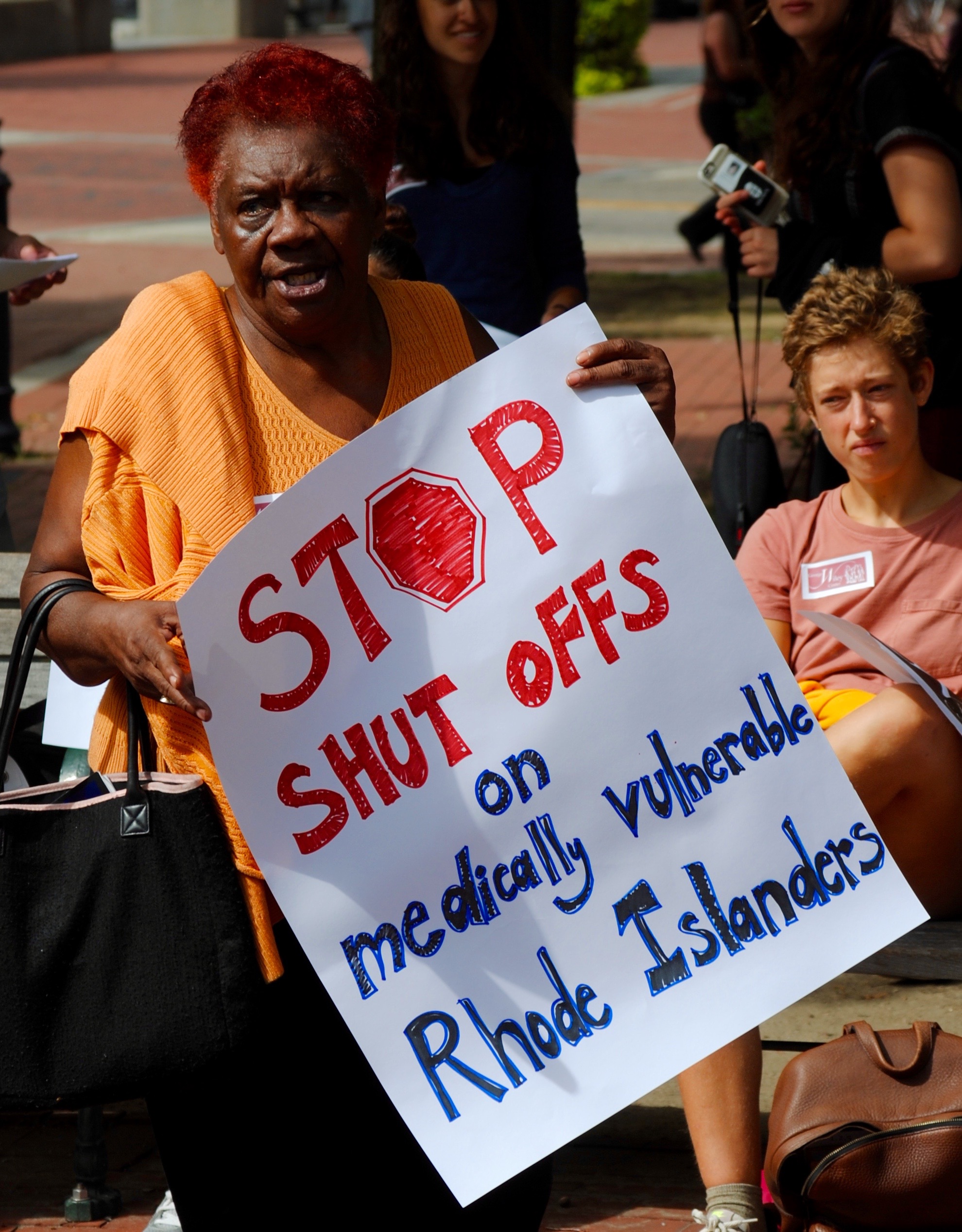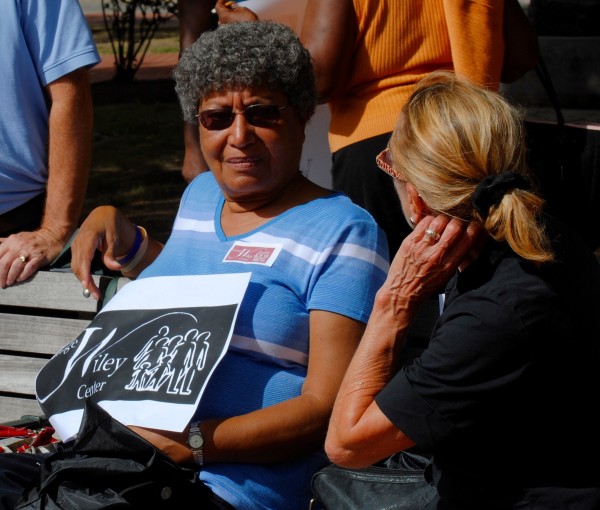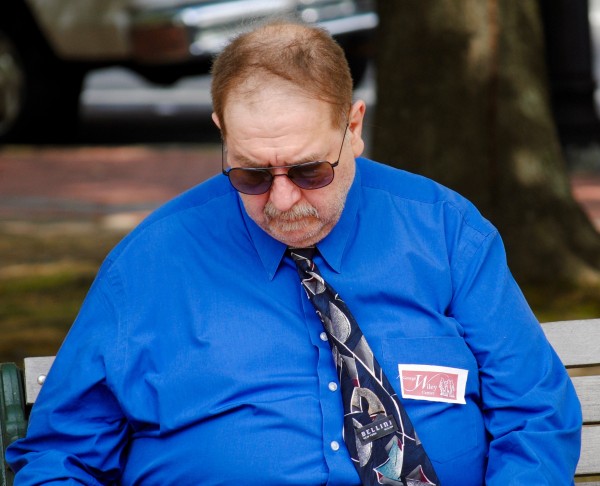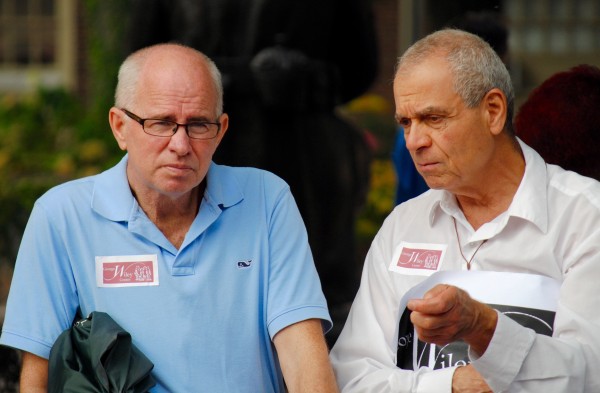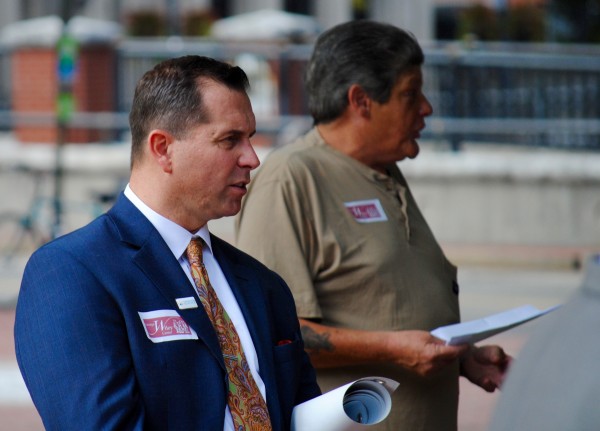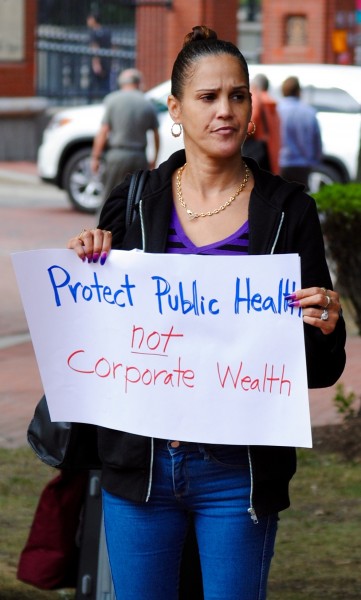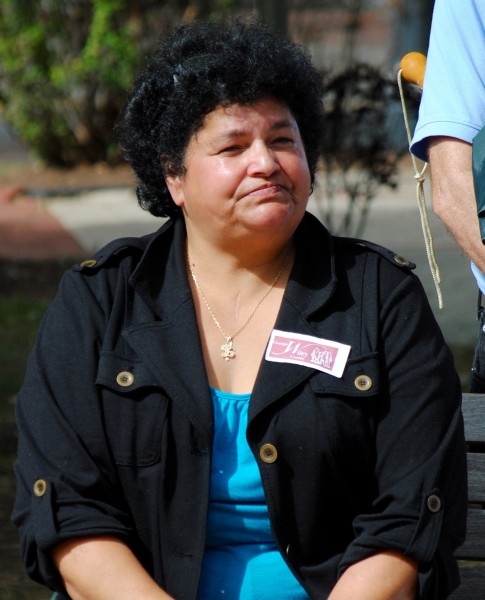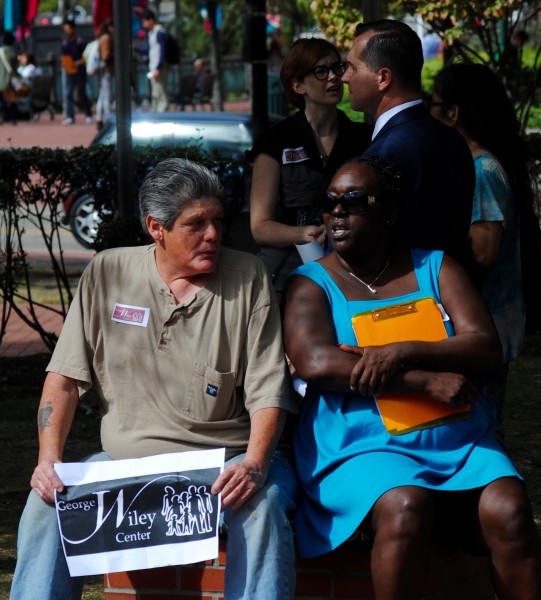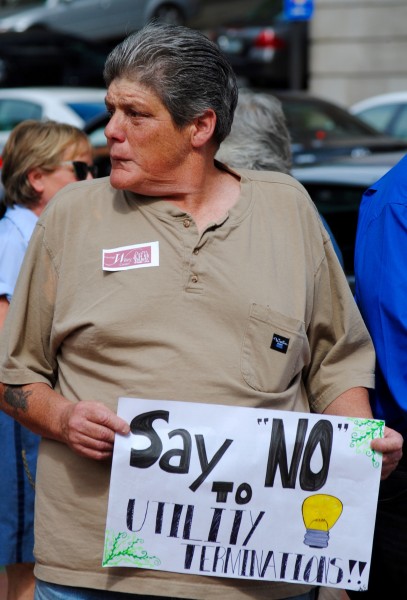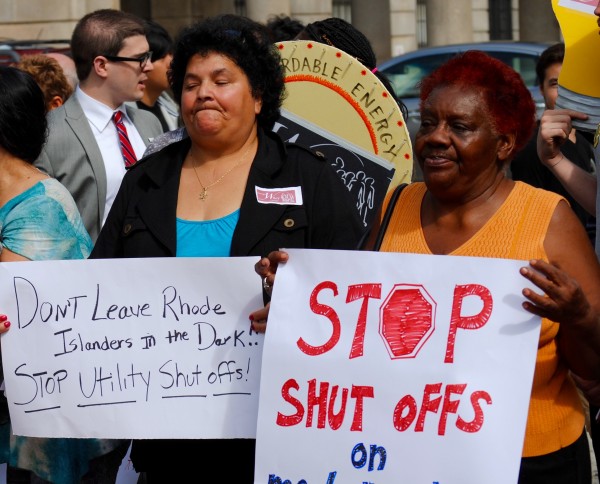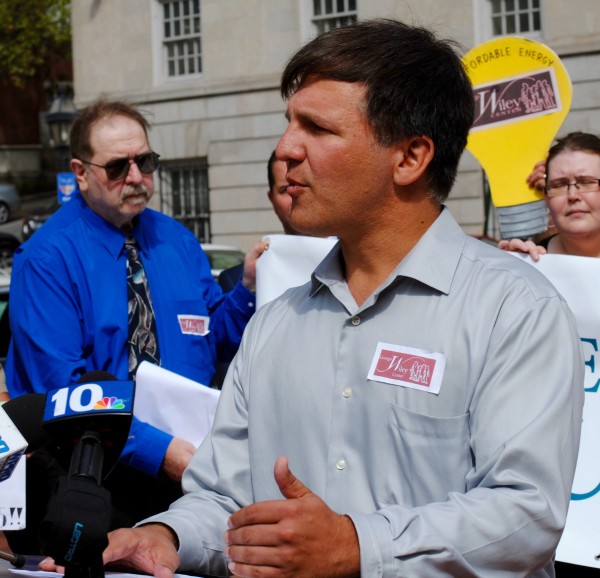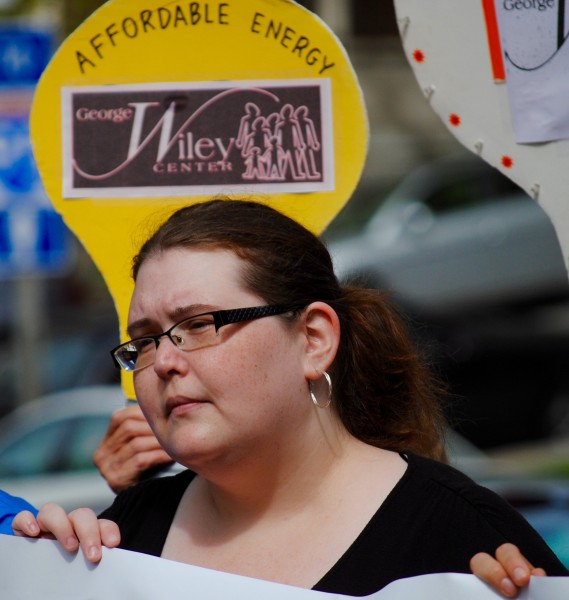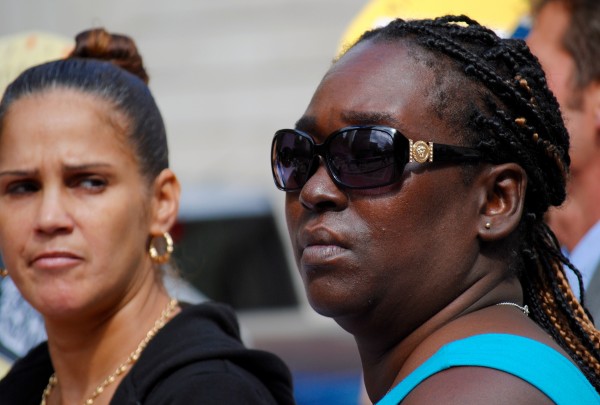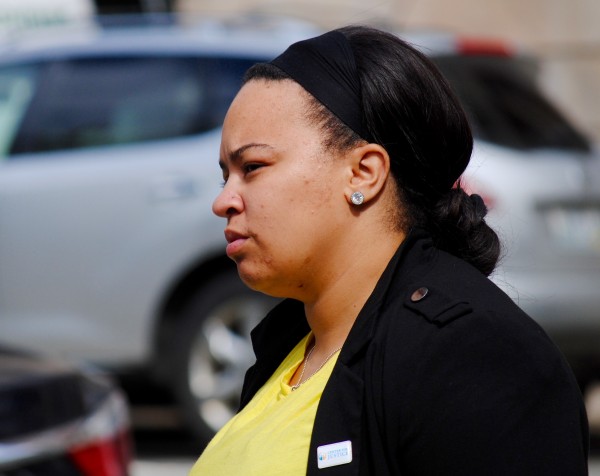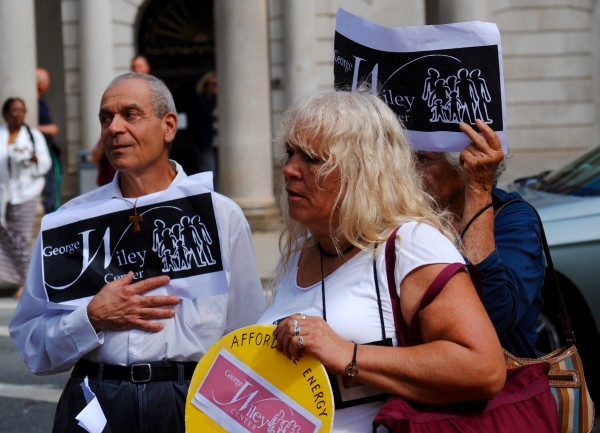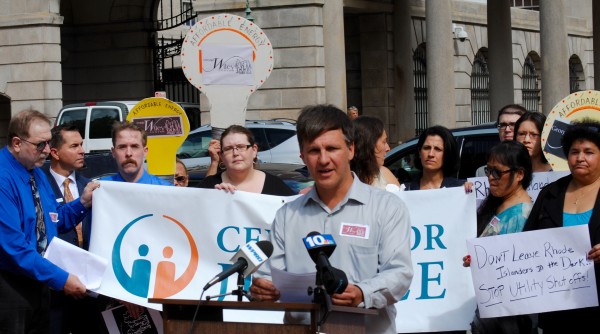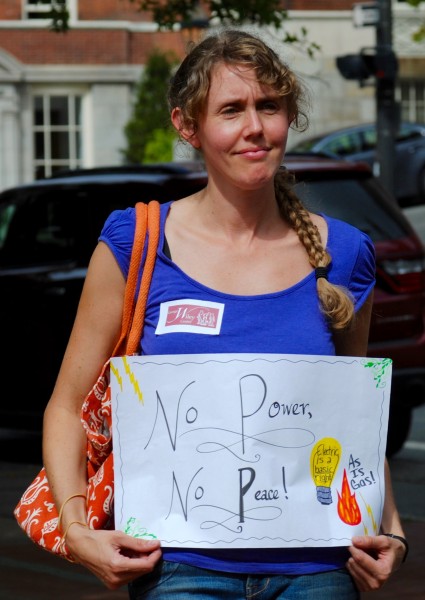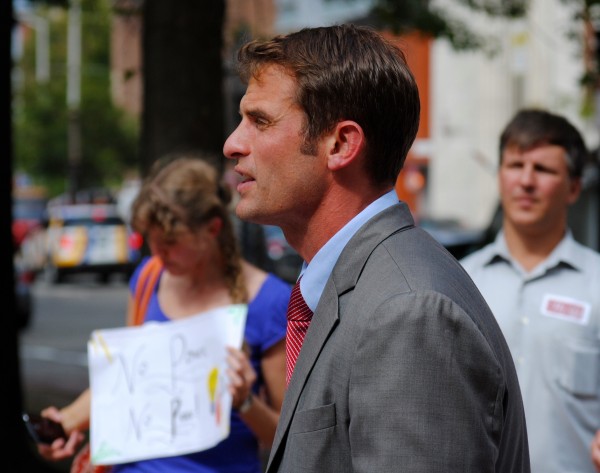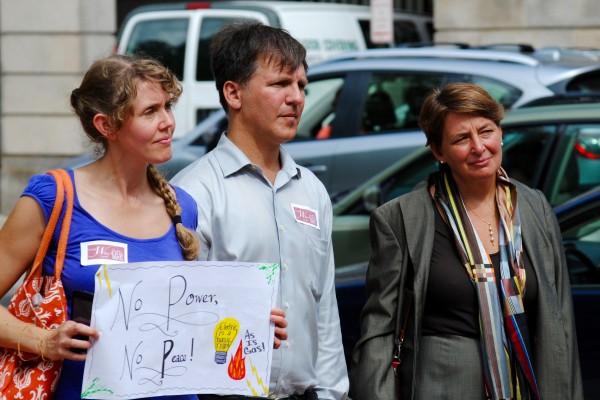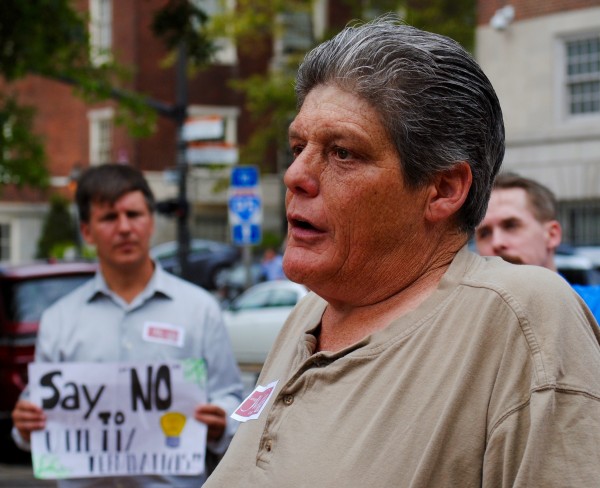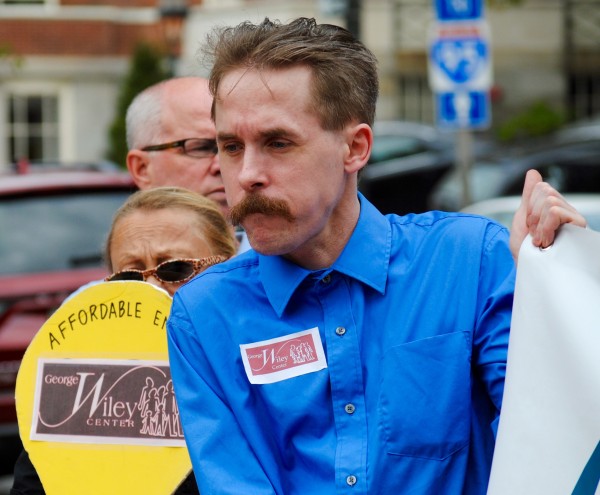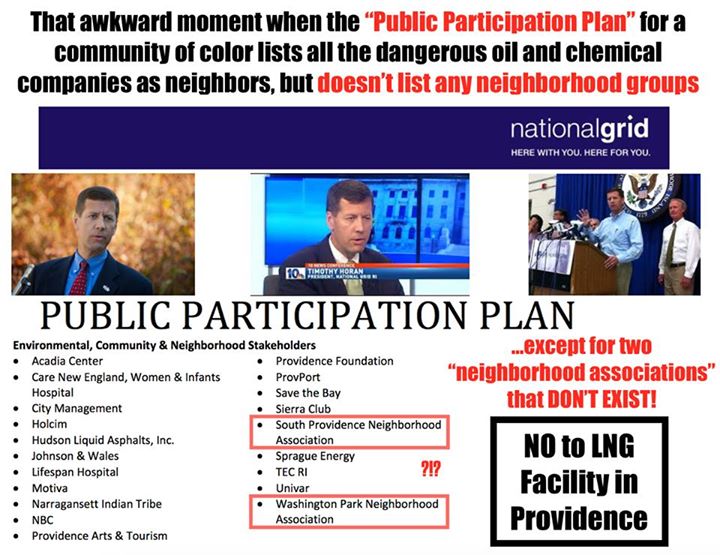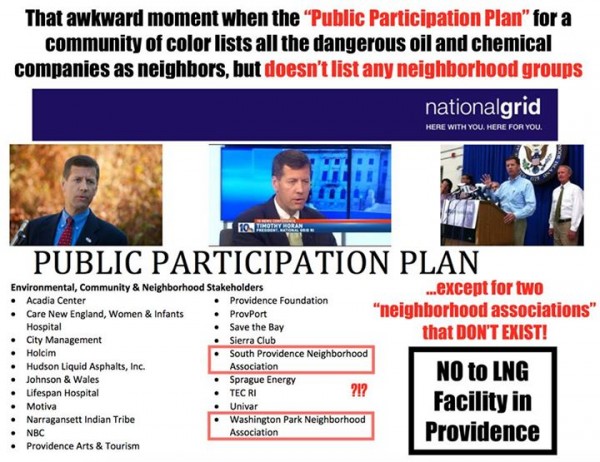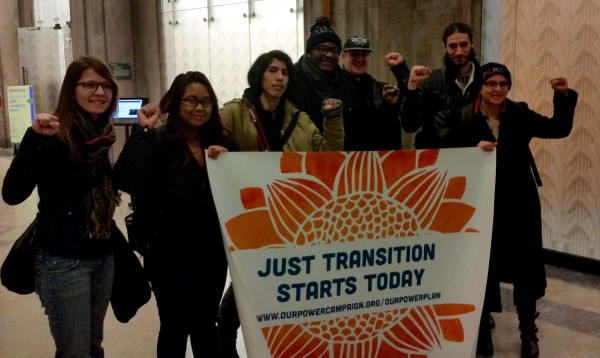 Environmental justice leaders from frontline communities hardest-hit by climate change and pollution converged on all 10 Environmental Protection Agency (EPA) regional office headquarters yesterday, to mark the end of the final public comment period for the Obama Administration’s federal Clean Power Plan (CPP) to reduce power plant carbon emissions 32% by 2030.
Environmental justice leaders from frontline communities hardest-hit by climate change and pollution converged on all 10 Environmental Protection Agency (EPA) regional office headquarters yesterday, to mark the end of the final public comment period for the Obama Administration’s federal Clean Power Plan (CPP) to reduce power plant carbon emissions 32% by 2030.
Members of the Environmental Justice League of Rhode Island (EJLRI) lead the efforts in Region 1, meeting with Curt Spalding, Administrator for the EPA’s New England Region, headquartered in Boston.
After their meeting with Spalding, I spoke to Dania Flores, EJLRI’s Executive Director and the coordinator of the action, and Julian Rodríguez-Drix, an EJLRI board member, in the hallway of the EPA offices.
“We’re part of the Climate Justice Alliance (CJA), a national alliance of climate justice grassroots groups. We decided that no one has engaged on the side of the people on the CPP plan which is a power generation plan on how the states are going to clean up their act,” said Flores.
The CJA is a collaborative of over 35 community-based and movement support organizations uniting frontline communities to forge a scalable and socio-economically just transition away from unsustainable energy towards local living economies to address the root causes of climate change. They have developed an “environmental justice counterpoint to the Clean Power Plan” they call “Our Power Plan.”
“One the first things in our plan is to engage with the EPA in each region to try to convince them that no one has actually meaningfully engaged the people,” said Flores, “We’re asking the EPA to comply with the law. They have the power to ask state governments to engage in meaningful engagement with frontline communities.”
Under Obama’s CPP, states have “until August to come up with a plan [reduce power plant carbon emissions] or they can ask for an extension,” said Flores, “but we are asking the EPA to tell states that already have a plan, ‘No, we don’t believe that you have actually meaningfully engaged with [frontline] communities.’”
Flores says that states have until 2018 to present their plan and that the CJA wants the plans “to include exactly how states engaged in meaningful engagement [with frontline communities.]”
Rodríguez-Drix said, “Here in Region 1 the issue we see is that the transition away from coal and oil very much favors natural gas as a fuel source and we have a number of very strong reasons that we do not believe that’s [a viable solution].”
The EJLRI’s position is that “if there’s energy infrastructure being built it has to be true renewables,” not energy based on extraction and burning.
Right now, to satisfy a requirement to invest in weatherization and renewables, National Grid tacks on a surcharge to all energy customers, “but the fund is mostly used for solar panels in the suburbs,” says Rodríguez-Drix. This means that poor communities are helping to subsidize the energy conversions of their richer neighbors.
“It benefits white homeowners, primarily,” says Rodríguez-Drix, “We need to look at the whole system and the economics behind it so that the system benefits frontline communities, not just in terms of jobs installing solar panels, but in terms of generating energy that is owned by people of color.”
This problem is exasperated by another issue primarily faced by poorer communities of color. “Slum lords aren’t the ones paying [energy] bills and they don’t care about [weatherization and energy efficiency]. [The communities we represent] have a lot of housing insecurity. We need incentives and investments that will put people of color to work installing and benefiting from increased weatherization and energy efficiency.”
“I had the sense that Spalding was sympathetic to what we had to say,” said Rodriguez-Drix.
“A lot of the conversation revolves around what the translation of certain words in the law is,” said Flores, “What it means to them and what it means to us. When we talk about community engagement, what does it mean to be meaningful? We think we are going to be engaged and be part of the conversation. When they talk about engagement it means they are going to leaflet someplace and schedule two meetings.
“Real meaningful engagement is a lot more work than they have been doing.”
Though this was a nationwide effort, not every EPA office allowed for this level of engagement from CJA aligned groups. “In some EPA offices, meetings like this did not occur,” said Flores, “In some offices an activist would hand over written material to a secretary.”
“EPA welcomes public input from all parties on the Clean Power Plan,” said Spalding when asked for a comment, “We are pleased that stakeholders and communities are actively engaging in the public comment process because robust public participation leads to better outcomes for our health and environment. It is important that environmental justice communities provide EPA with their unique perspective on proposals like the Clean Power Plan.
“EPA is committed to ensuring meaningful public involvement throughout implementation of the Clean Power Plan, so that all communities benefit equally from this vital step to address climate change and protect our health and environment. EPA will consider the input we have received before taking final action.”
Flores, the EJLRI and the CJA see this contact as the beginning of a series of conversations. “We’re going to up the ante as this develops. If the EPA doesn’t push states to wait until 2018 to submit plans, after meaningfully engaging with frontline groups, we will be pushing towards a national gathering in the Summer,” said Flores.
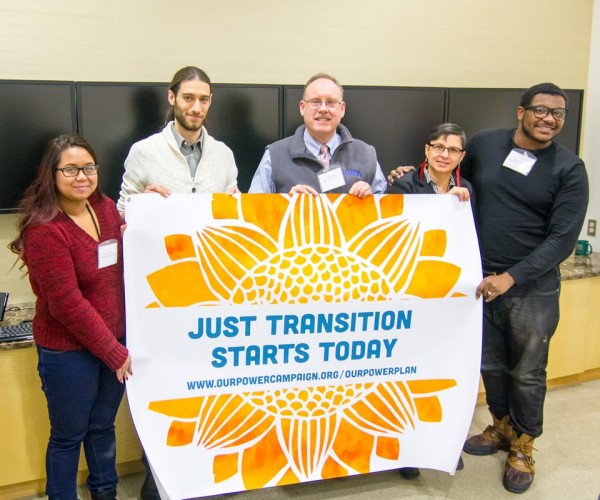
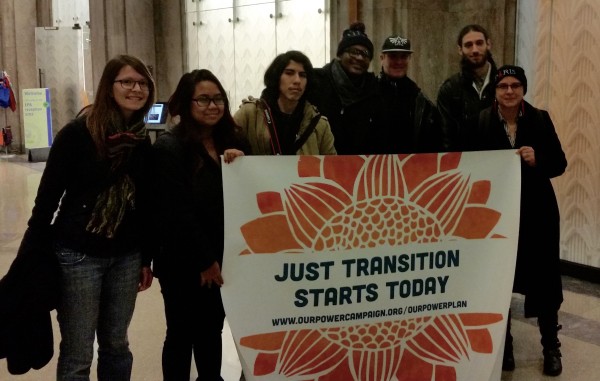

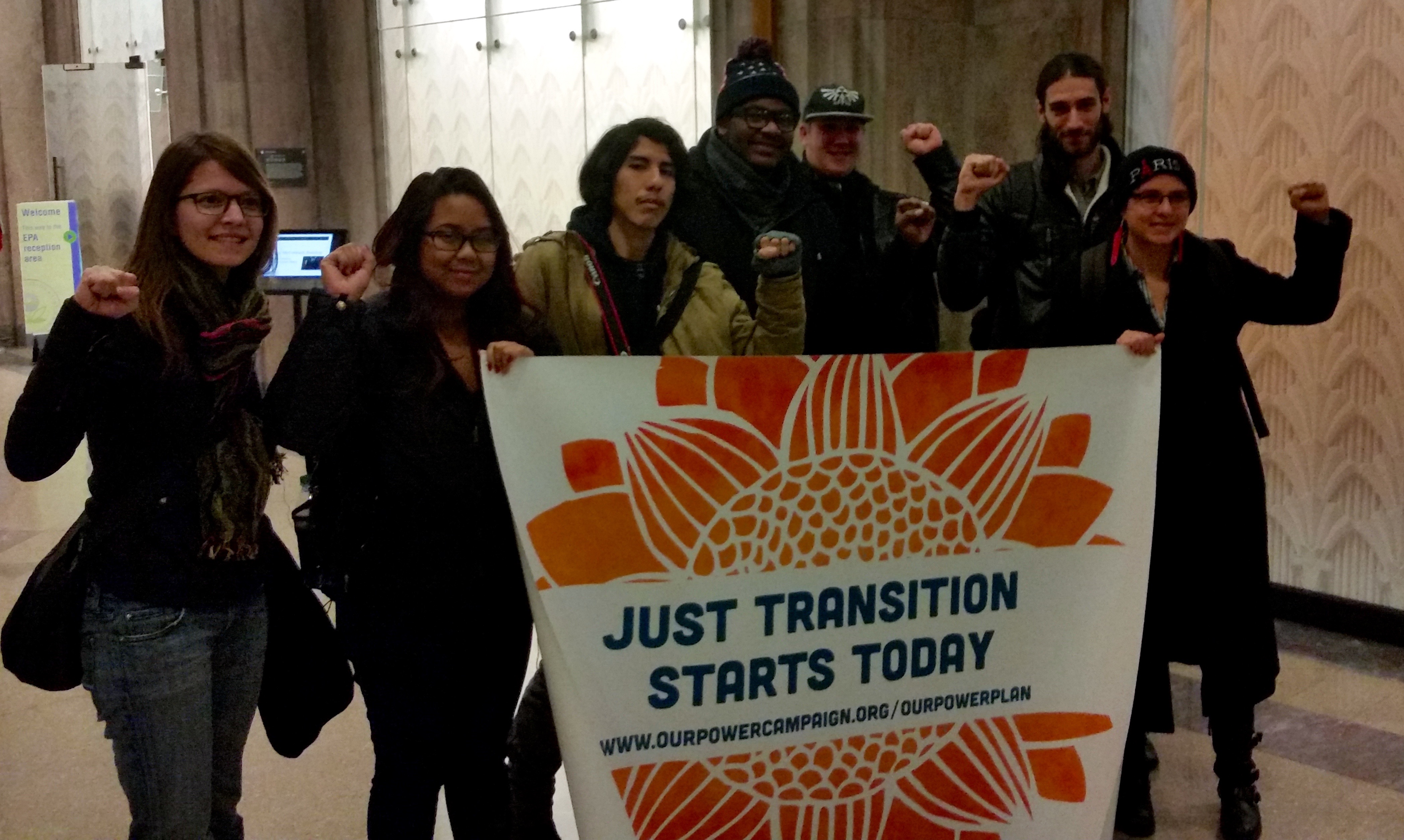

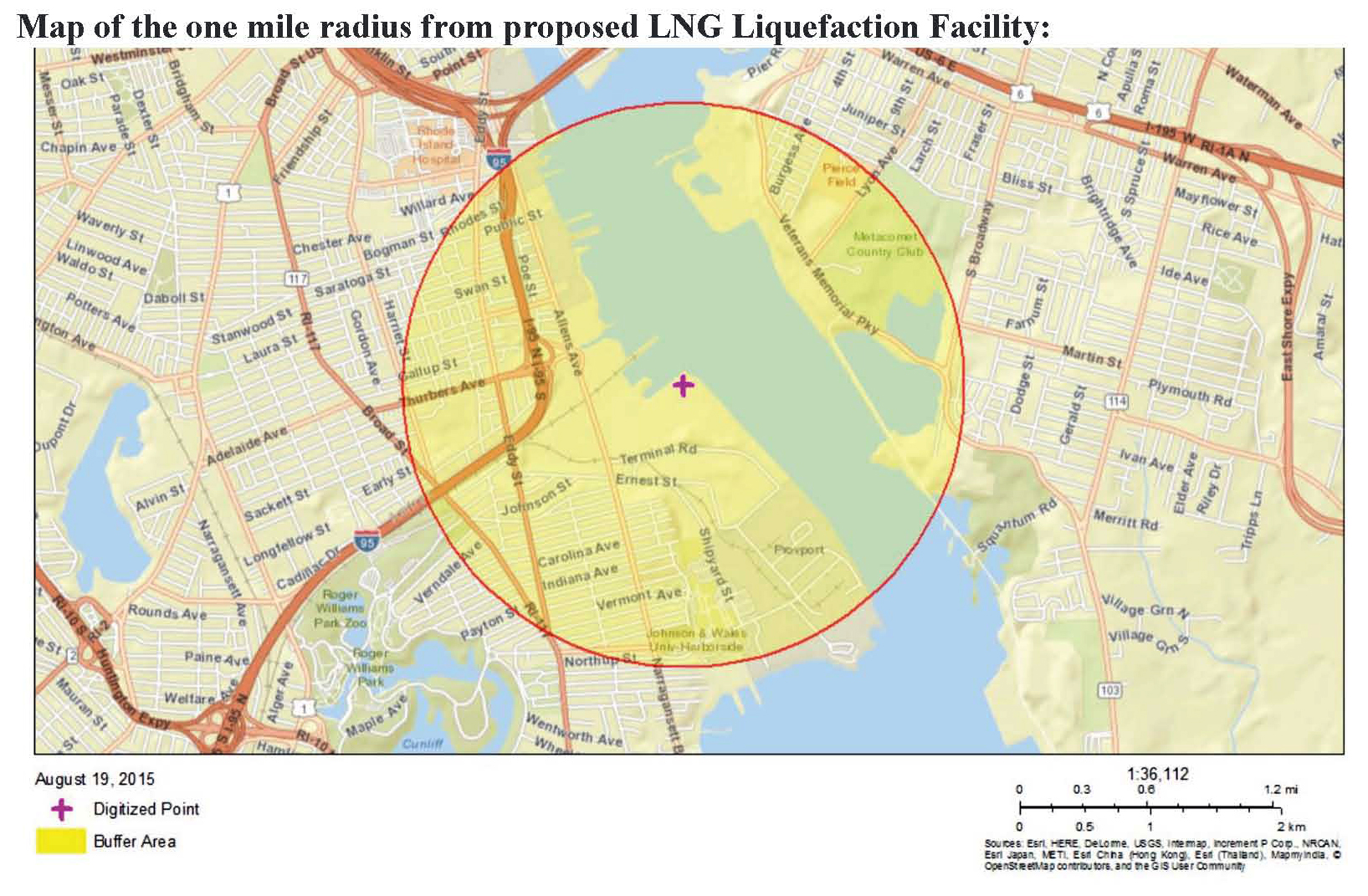
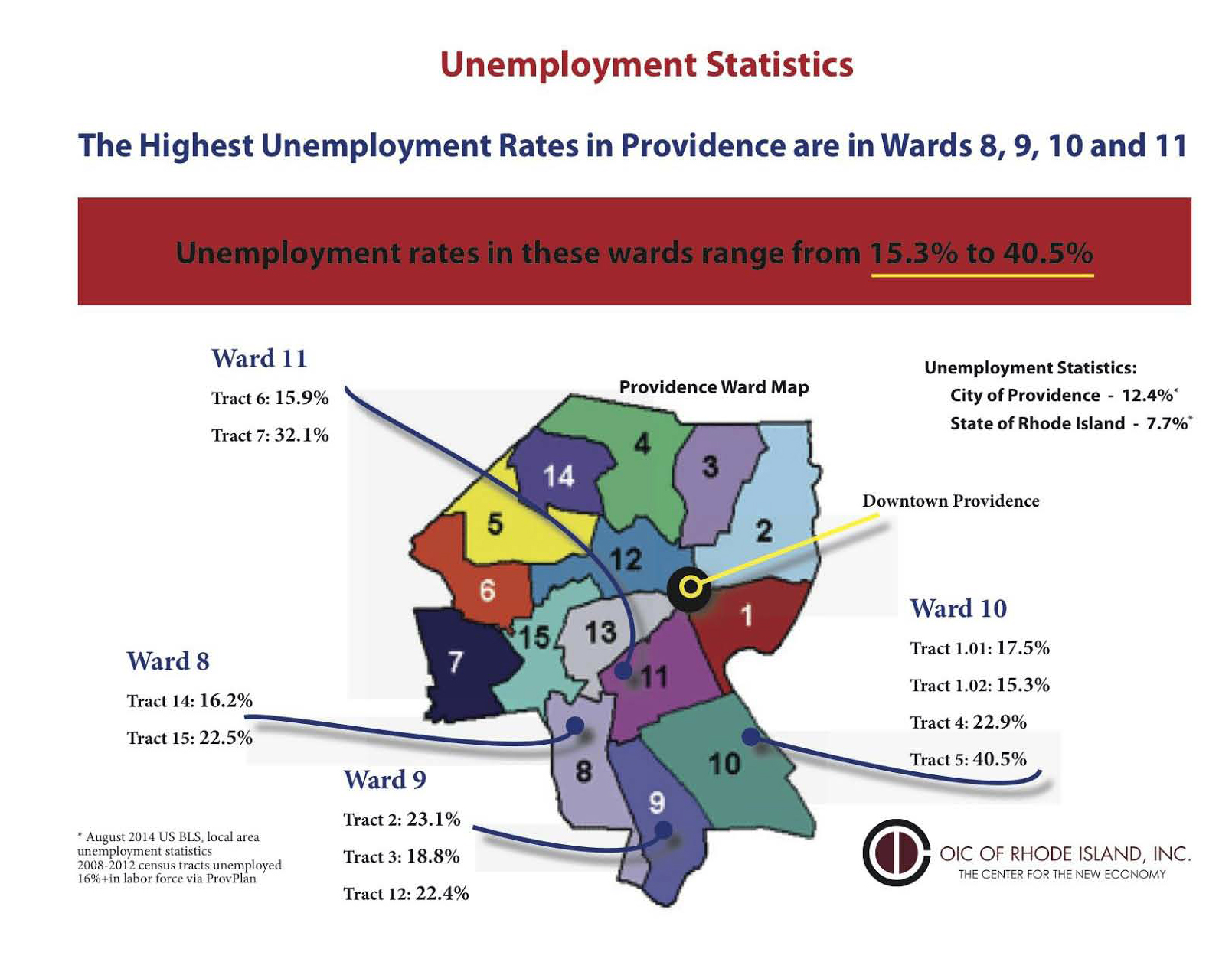

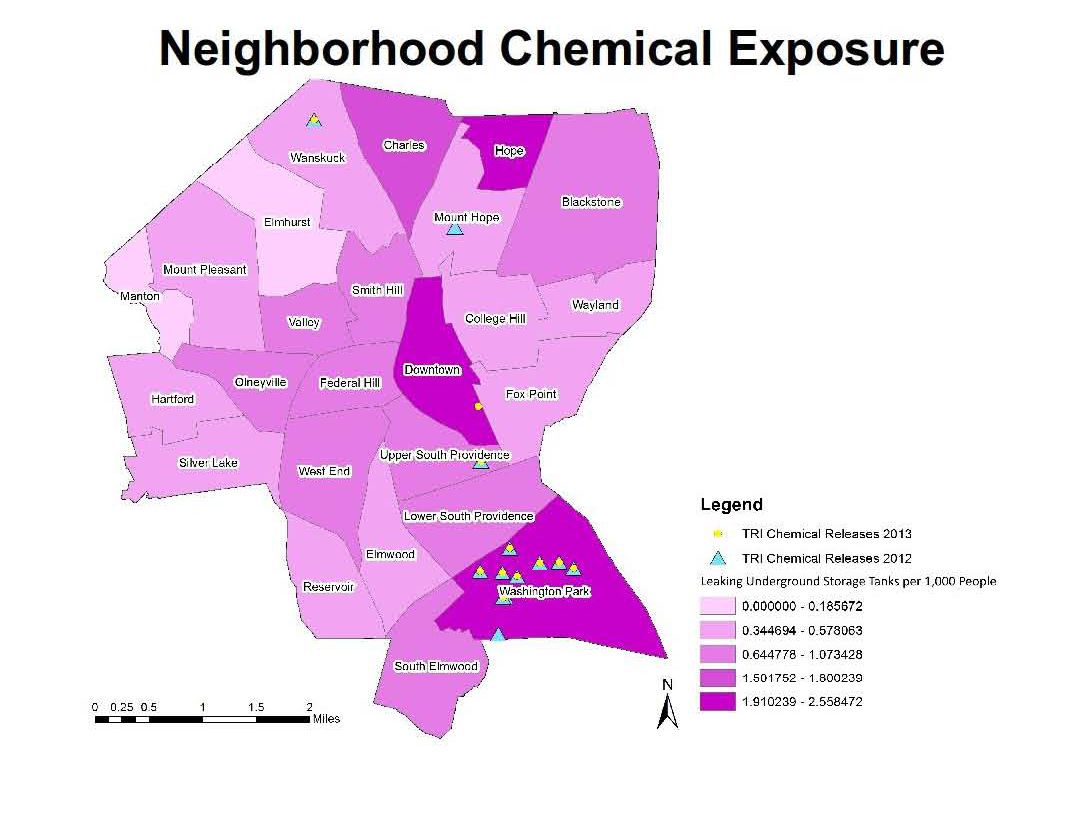
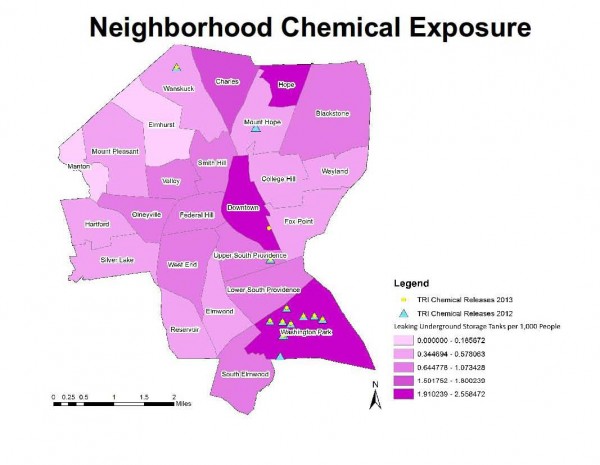
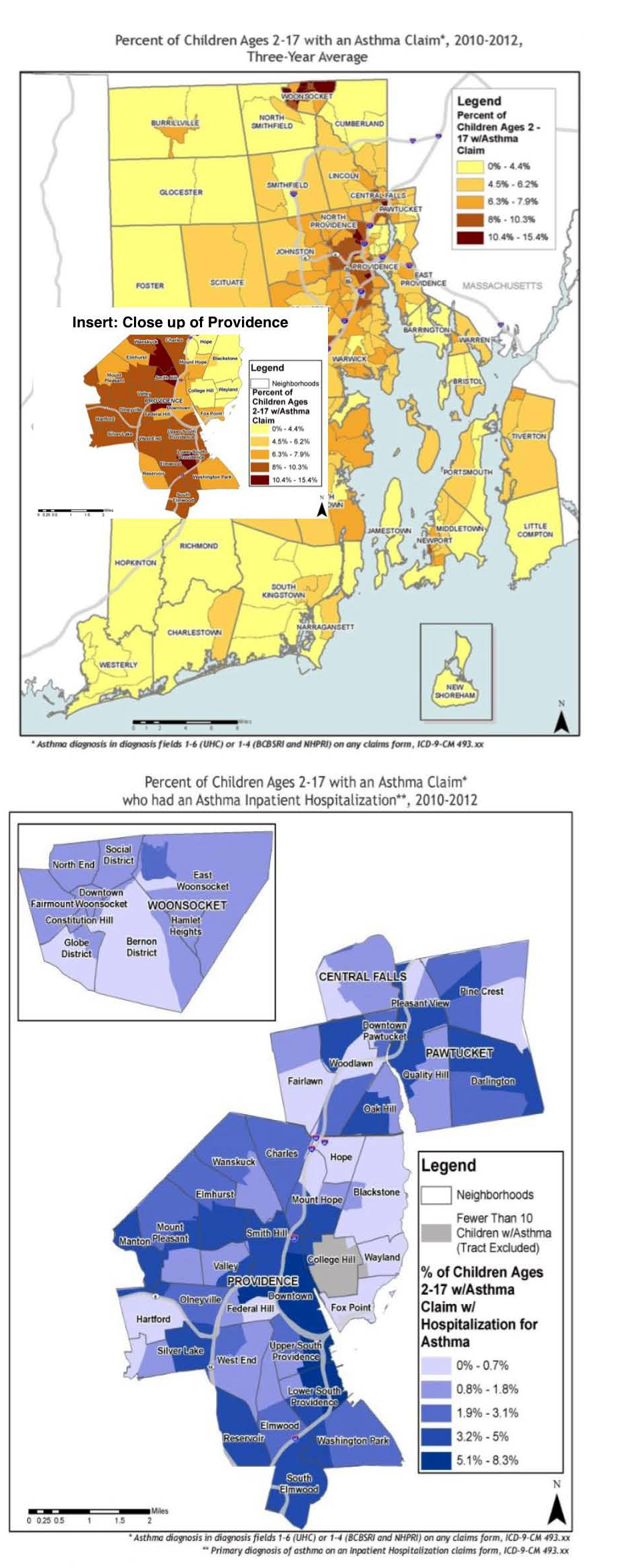 At hearings and public events about the proposed liquefaction facility, multiple community members have spoken out about issues of high asthma rates in the community being a major concern. Public health data backs up this concern, and shows that the area is one of the state’s largest asthma hot spots. While most of the state has asthma rates of 04.4 percent or 4.56.2 percent, most of Providence has asthma rates of 8 – 10.3 percent and the neighborhood next to I95 and the Port has the highest levels in the state at 10.4 – 15.4 percent. (
At hearings and public events about the proposed liquefaction facility, multiple community members have spoken out about issues of high asthma rates in the community being a major concern. Public health data backs up this concern, and shows that the area is one of the state’s largest asthma hot spots. While most of the state has asthma rates of 04.4 percent or 4.56.2 percent, most of Providence has asthma rates of 8 – 10.3 percent and the neighborhood next to I95 and the Port has the highest levels in the state at 10.4 – 15.4 percent. (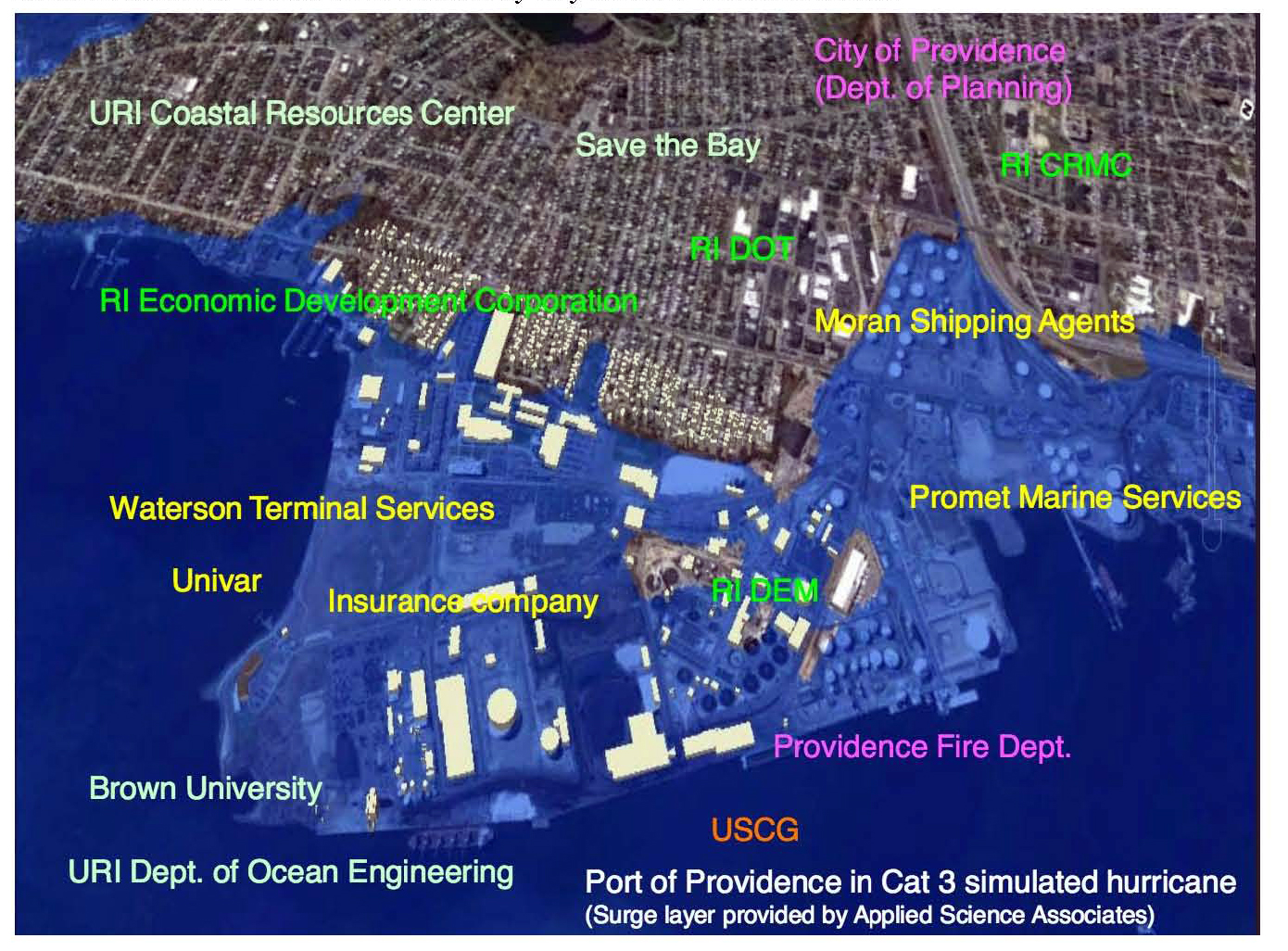
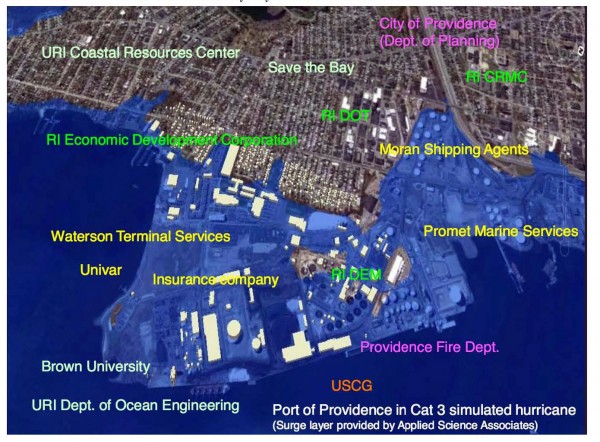
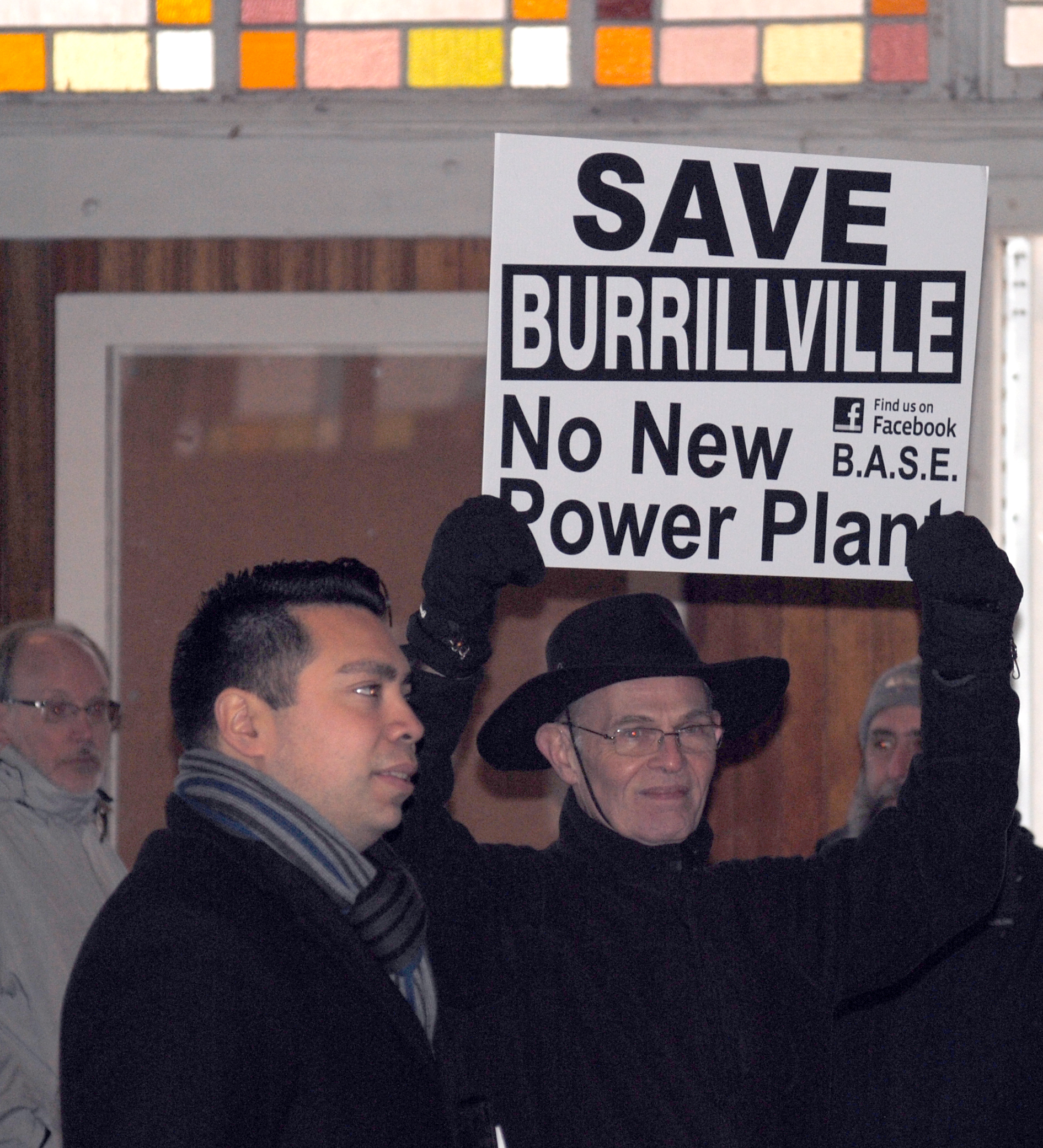
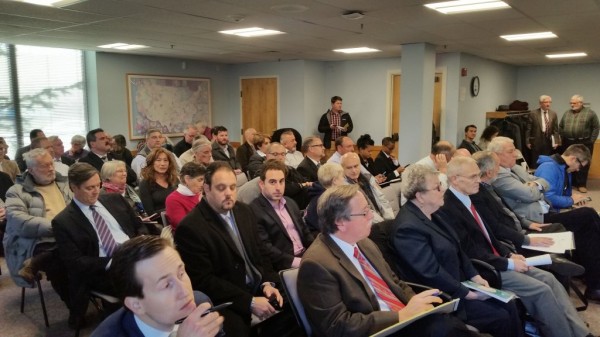 The new methane gas power plant planned by Invenergy for the Town of Burrillville met strong opposition from a variety of environmental groups but also had what seemed like strong support from both members of the
The new methane gas power plant planned by Invenergy for the Town of Burrillville met strong opposition from a variety of environmental groups but also had what seemed like strong support from both members of the 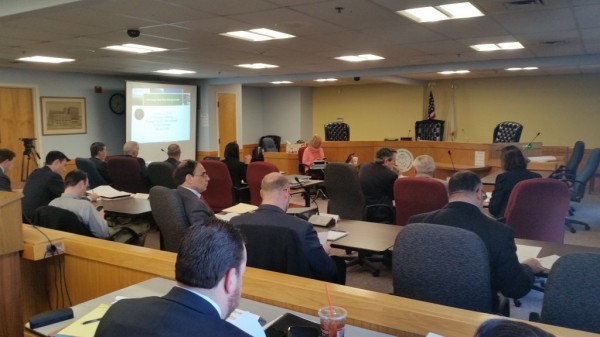
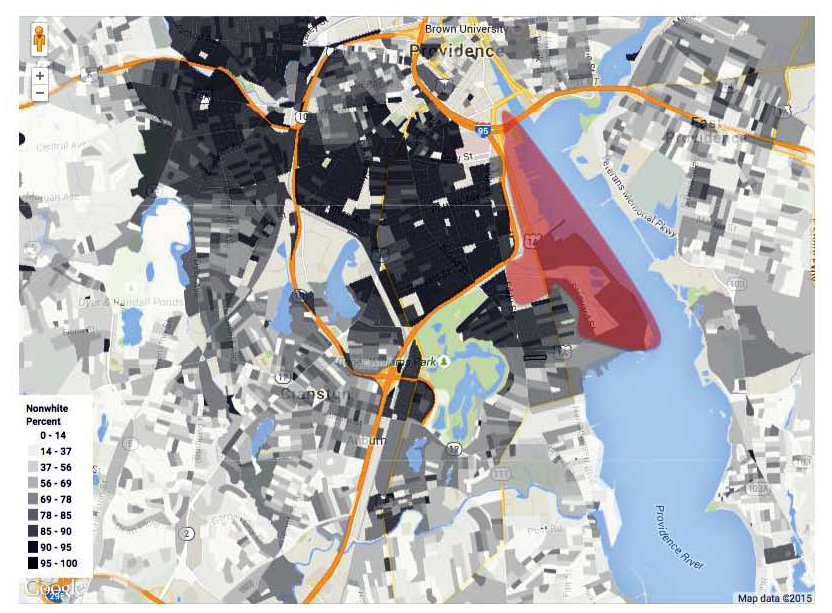
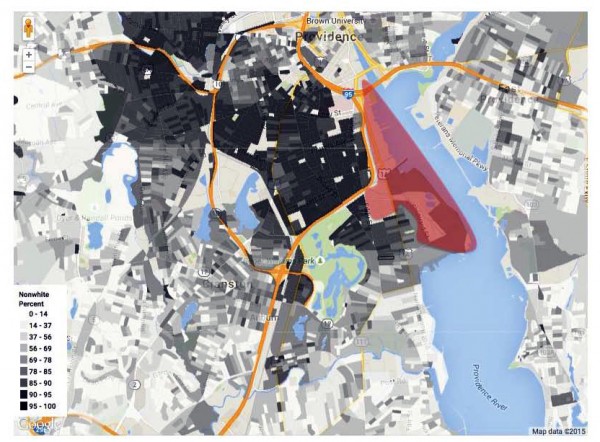
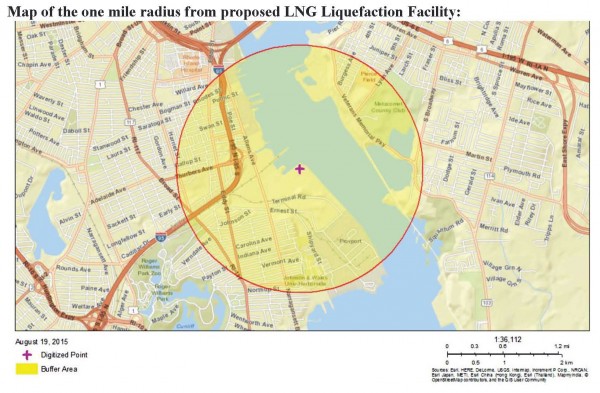
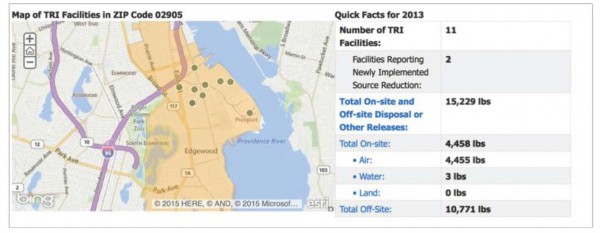
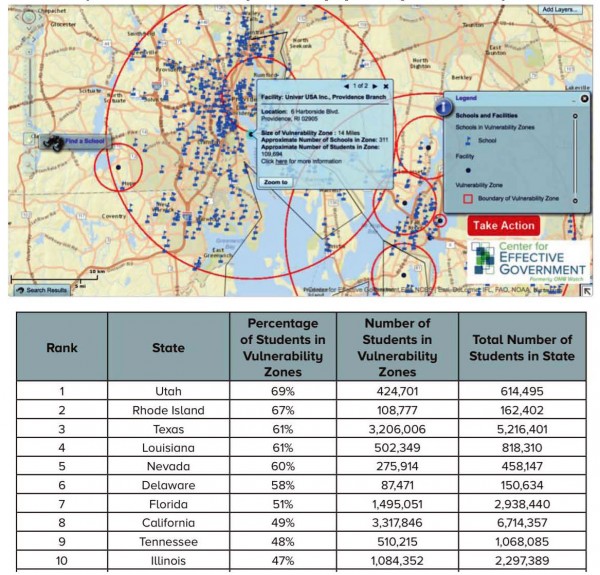
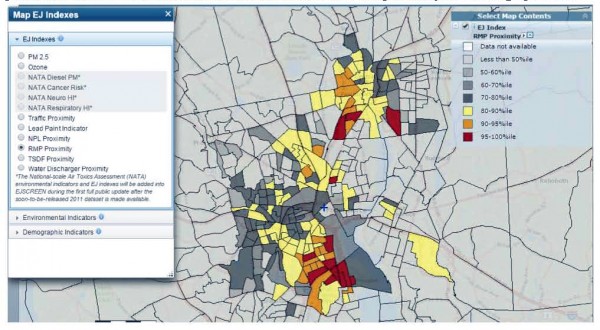
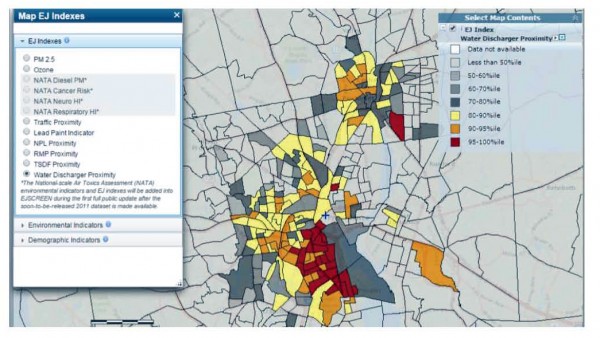

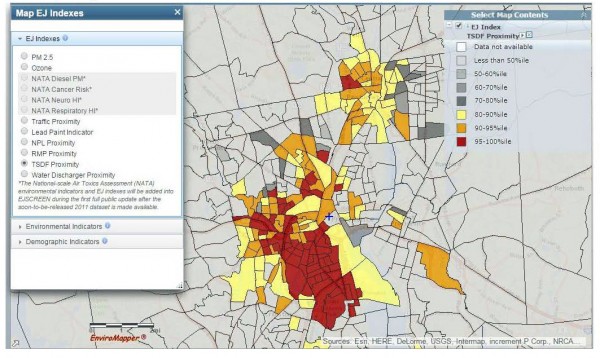
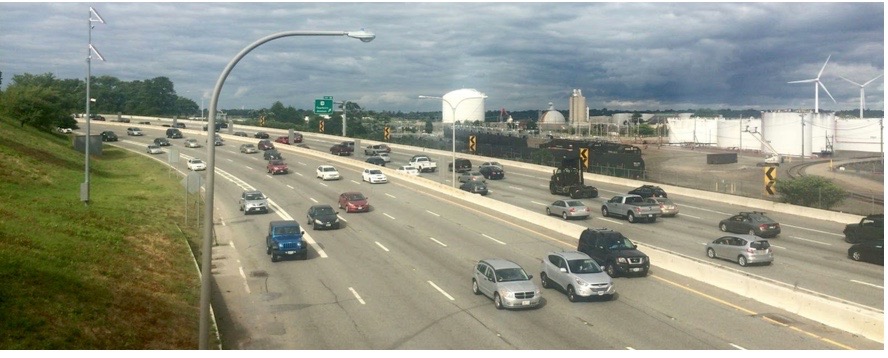
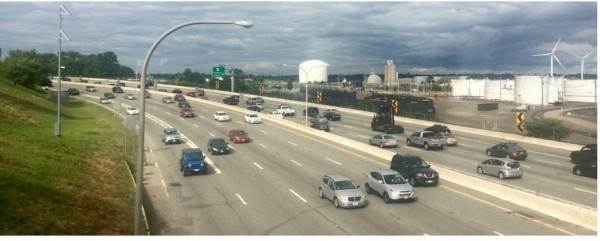
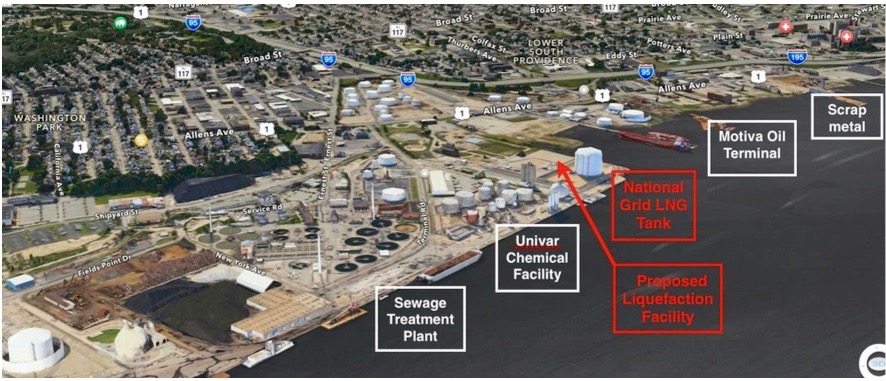
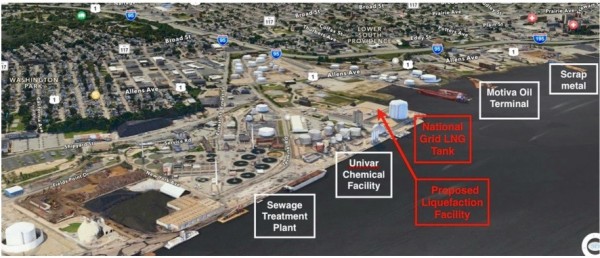
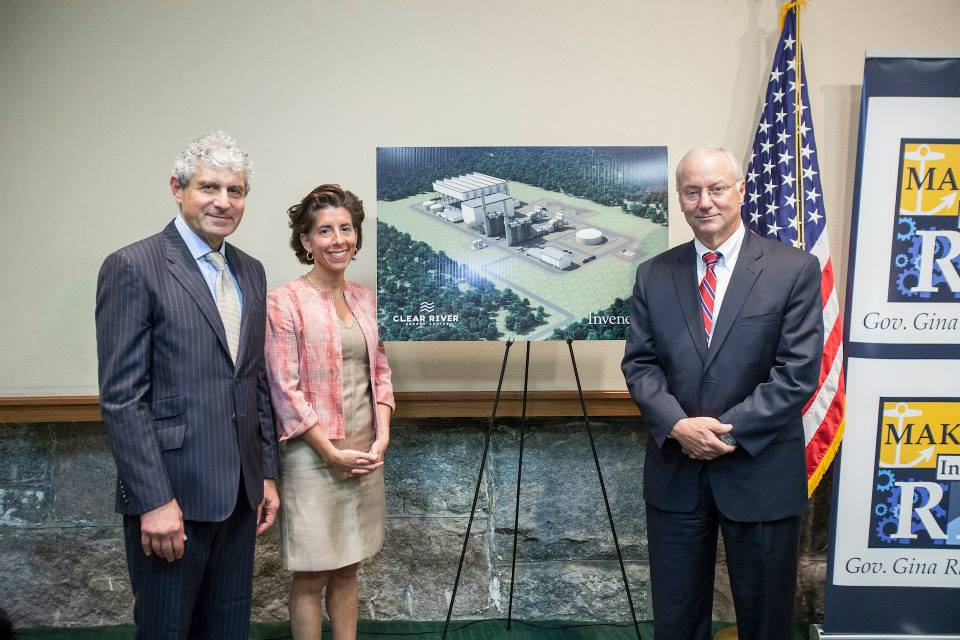
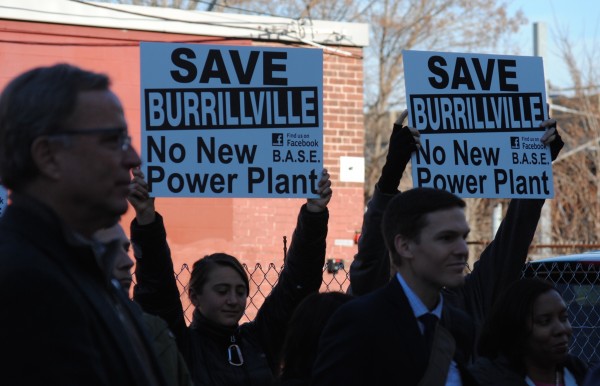 Lawyers for Invenergy have
Lawyers for Invenergy have 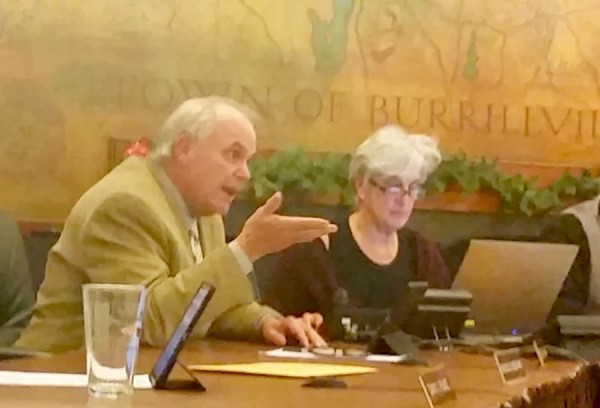 In their motion requesting a 45 day extension of the deadline to intervene, FANG and BASE argued that, “At the December 9th
In their motion requesting a 45 day extension of the deadline to intervene, FANG and BASE argued that, “At the December 9th 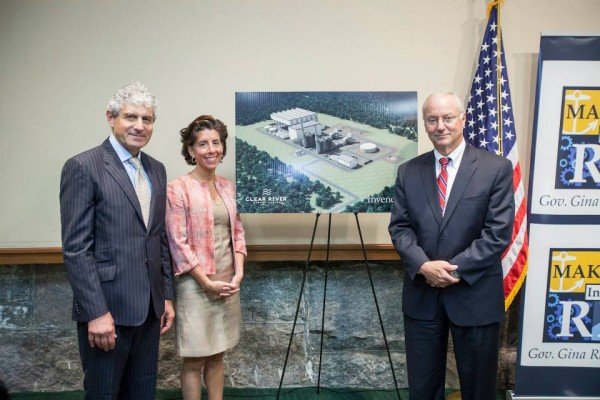
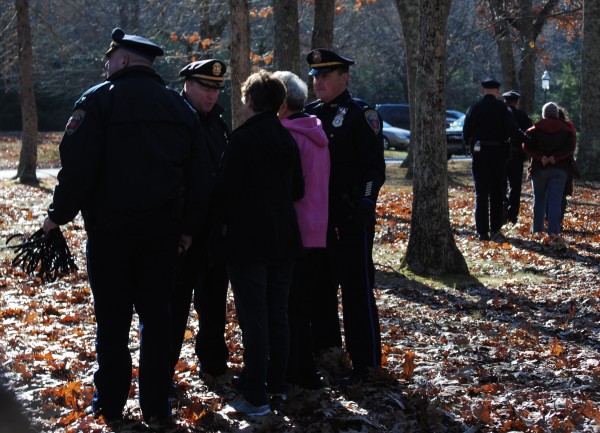
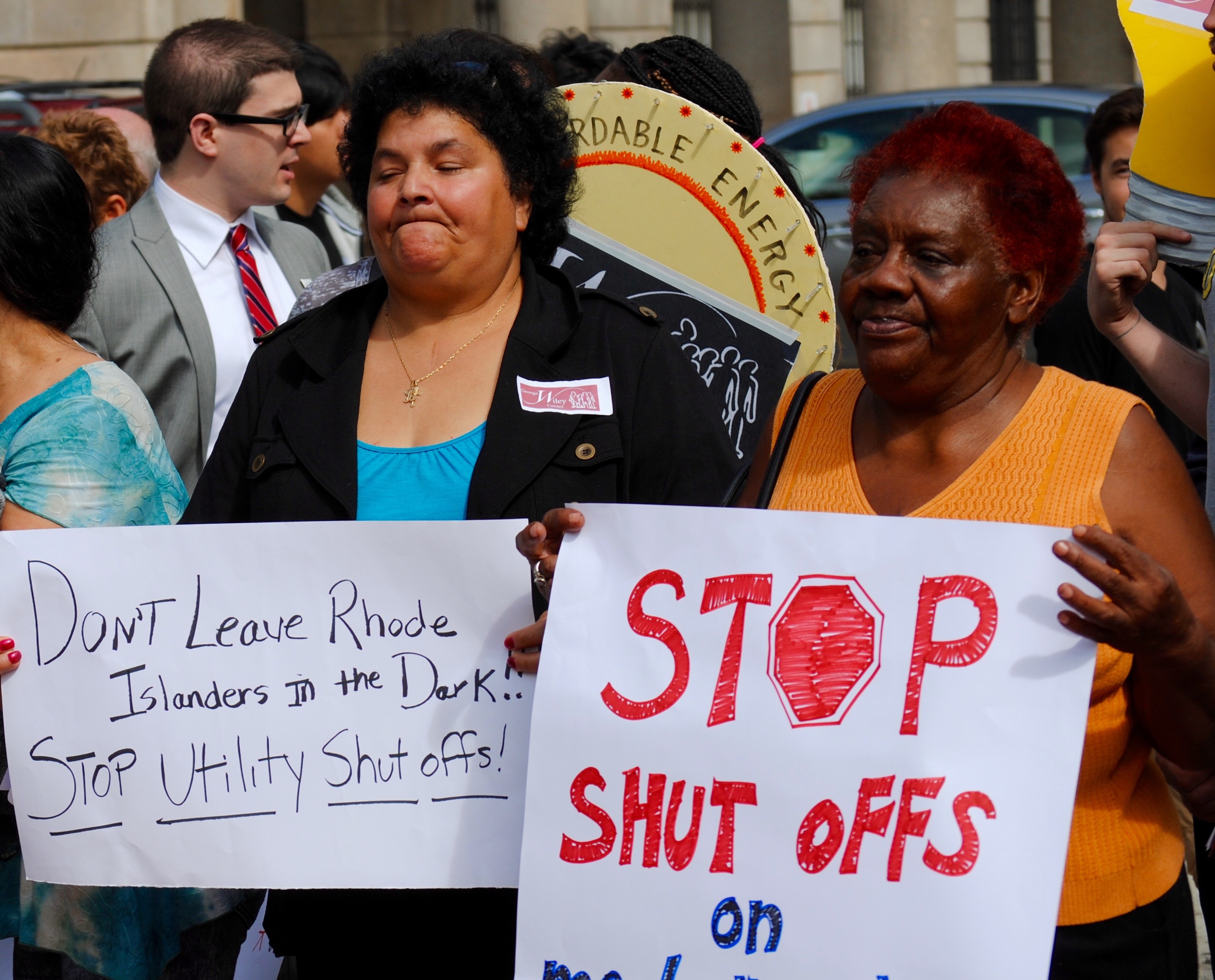
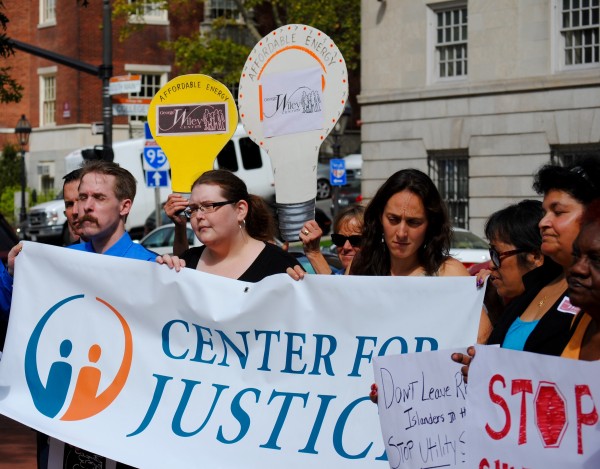 National Grid agreed to restore power to about two dozen homes this afternoon pending the resolution of a lawsuit.
National Grid agreed to restore power to about two dozen homes this afternoon pending the resolution of a lawsuit.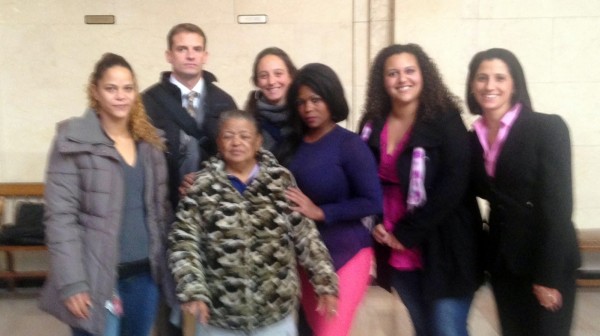
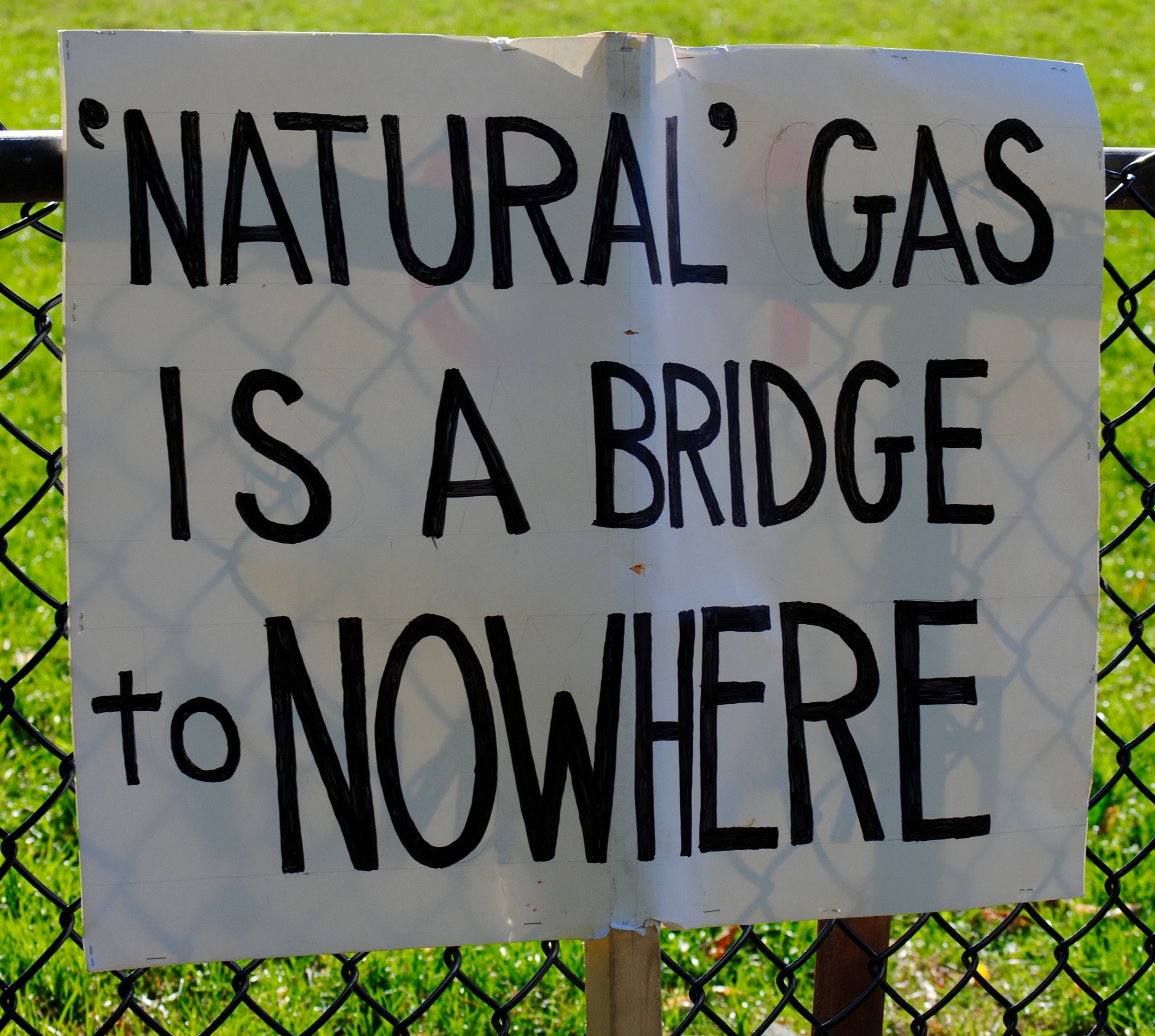
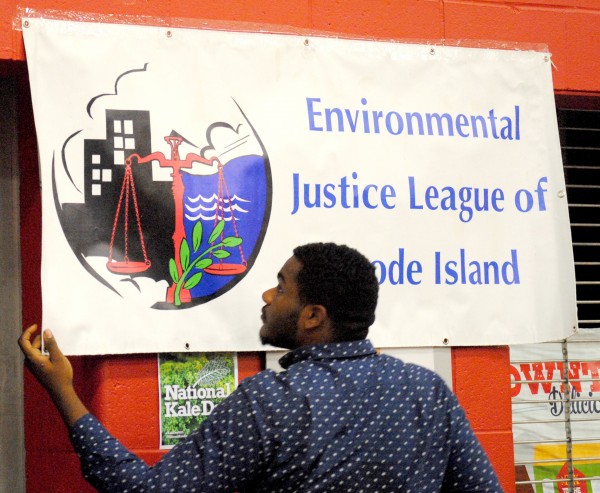
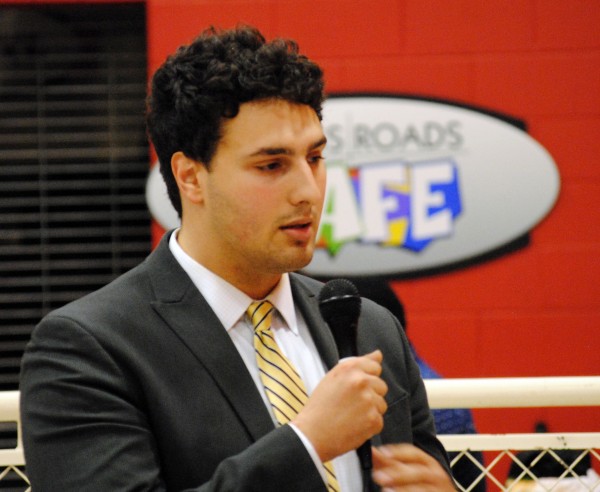
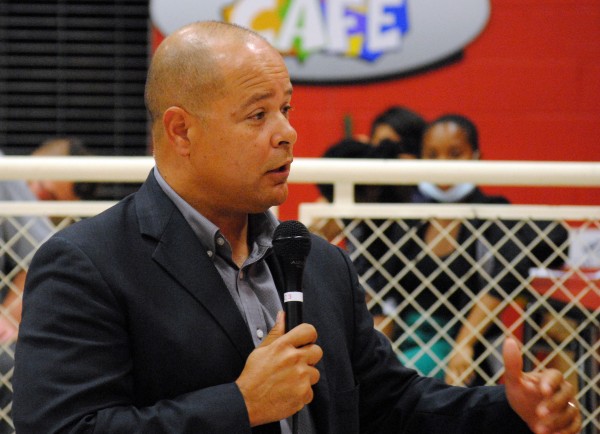
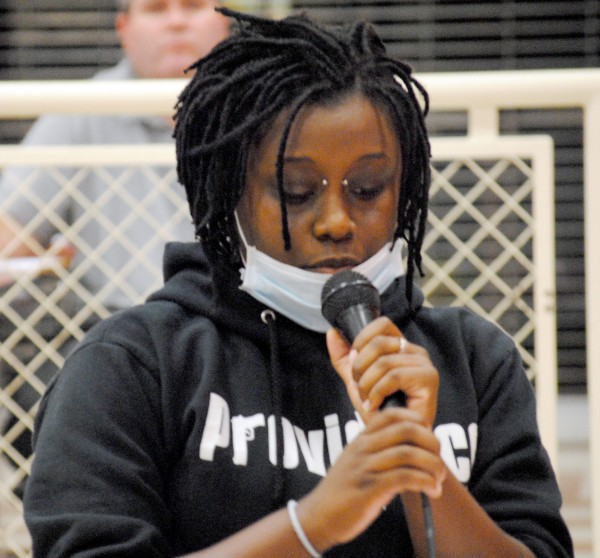

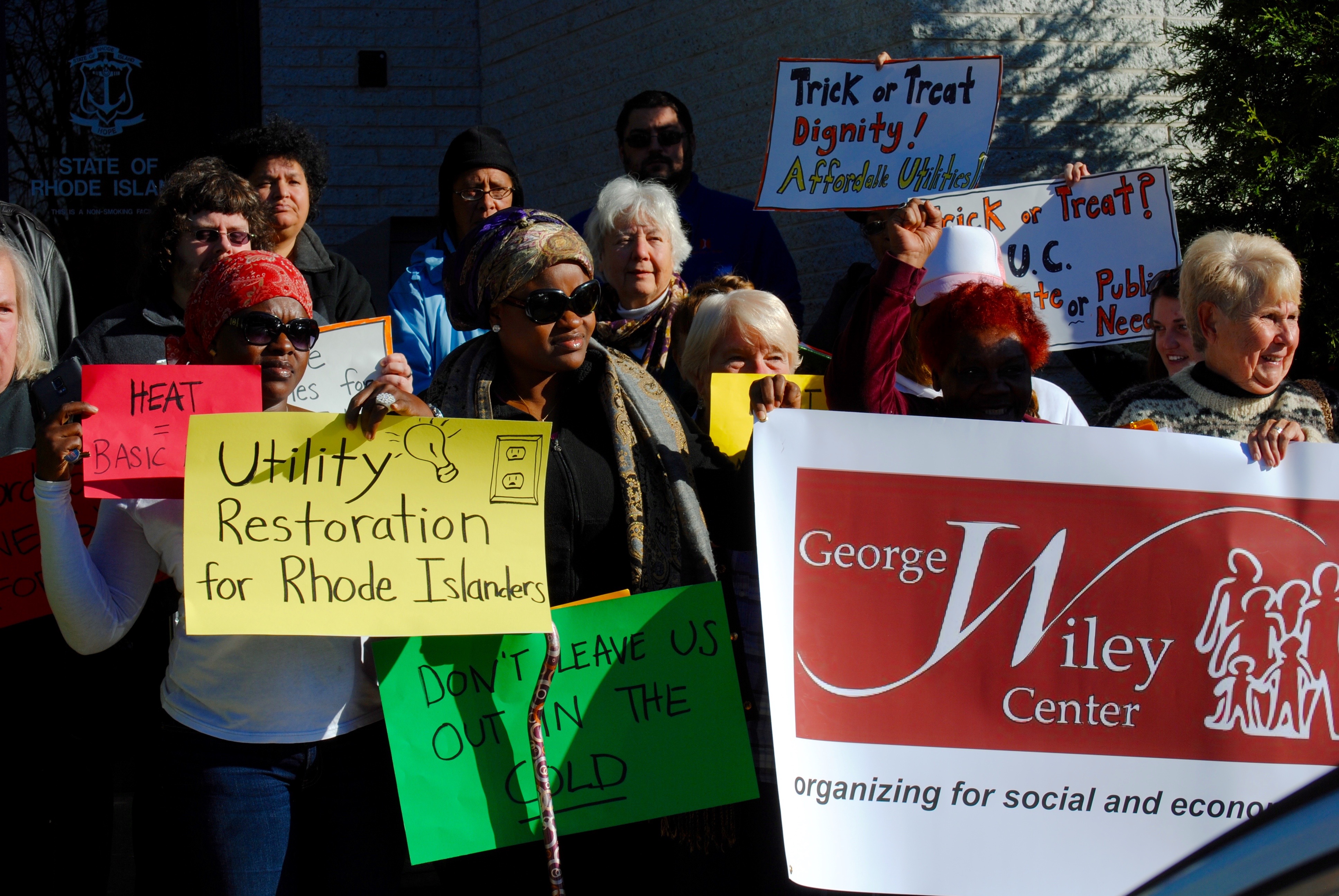
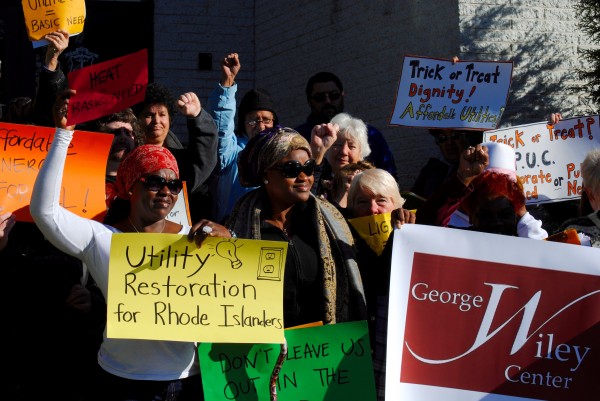 The Rhode Island Public Utilities Commission (RIPUC) today adopted “emergency regulations” designed to make it easier for those who have fallen behind on their payments to National Grid to restore power and heat to their homes. Margaret E Curran, chair of the board, lead fellow commissioners Paul J Roberti and Herbert F DeSimone Jr in an unanimous vote to allow people to get their power restored for a 15 percent payment of the total owed upfront plus the adoption of a regular payment plan. Currently that number can be 50 percent or higher.
The Rhode Island Public Utilities Commission (RIPUC) today adopted “emergency regulations” designed to make it easier for those who have fallen behind on their payments to National Grid to restore power and heat to their homes. Margaret E Curran, chair of the board, lead fellow commissioners Paul J Roberti and Herbert F DeSimone Jr in an unanimous vote to allow people to get their power restored for a 15 percent payment of the total owed upfront plus the adoption of a regular payment plan. Currently that number can be 50 percent or higher.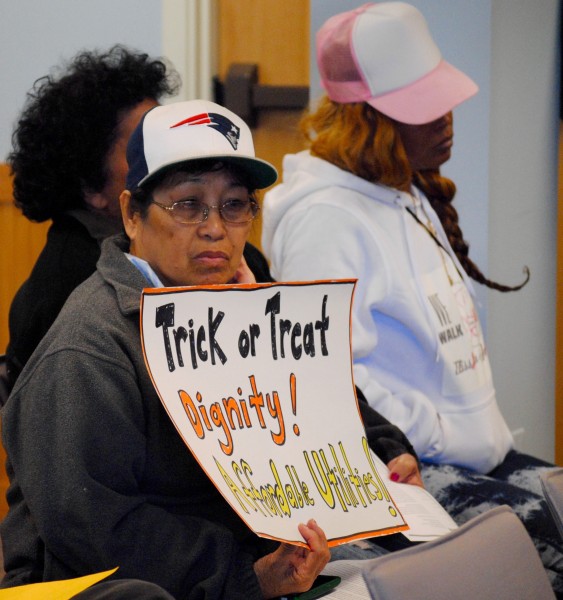 The
The 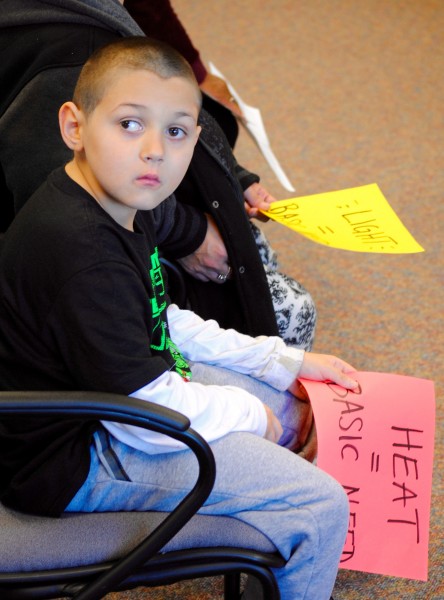 Over thirty people attended today’s RIPUC meeting a good crowd considering the last minute change in date and time of the meeting. Had the board met when originally planned, people would be that much closer to having their power restored. Though the board’s ruling came as a relief to many, to some it will have little effect. Anna told me that she has spent money she might have used to reinstate her gas heat to purchase electric space heaters. In order to have the money back on her debit card in time, she will have to return the space heaters today, wait for the money to be back on her card early next week, and make her payment then. This means that she and her children will be in a house with no heat all weekend.
Over thirty people attended today’s RIPUC meeting a good crowd considering the last minute change in date and time of the meeting. Had the board met when originally planned, people would be that much closer to having their power restored. Though the board’s ruling came as a relief to many, to some it will have little effect. Anna told me that she has spent money she might have used to reinstate her gas heat to purchase electric space heaters. In order to have the money back on her debit card in time, she will have to return the space heaters today, wait for the money to be back on her card early next week, and make her payment then. This means that she and her children will be in a house with no heat all weekend.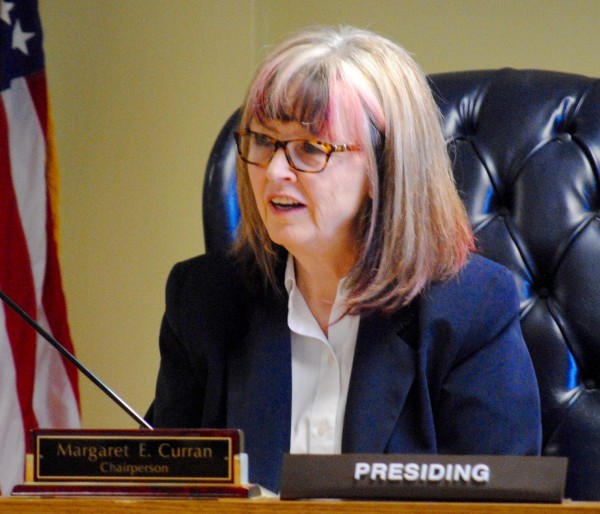
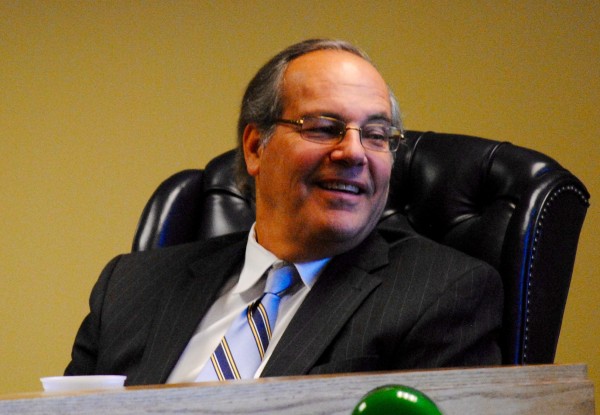
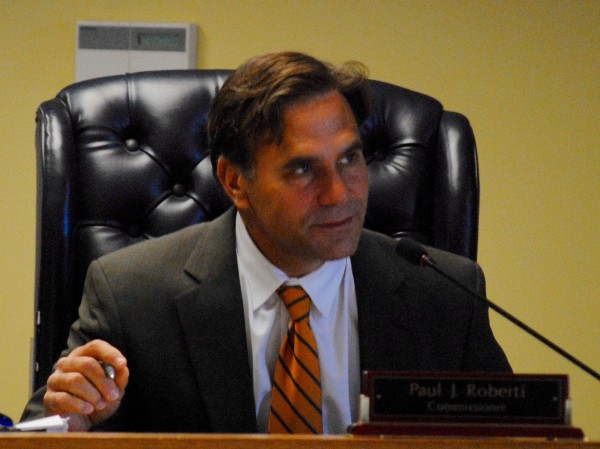
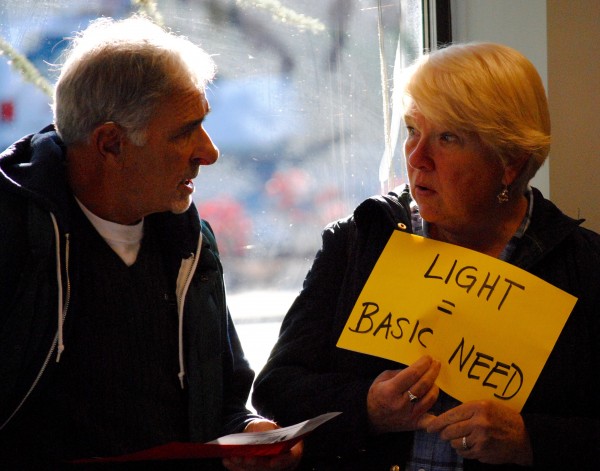
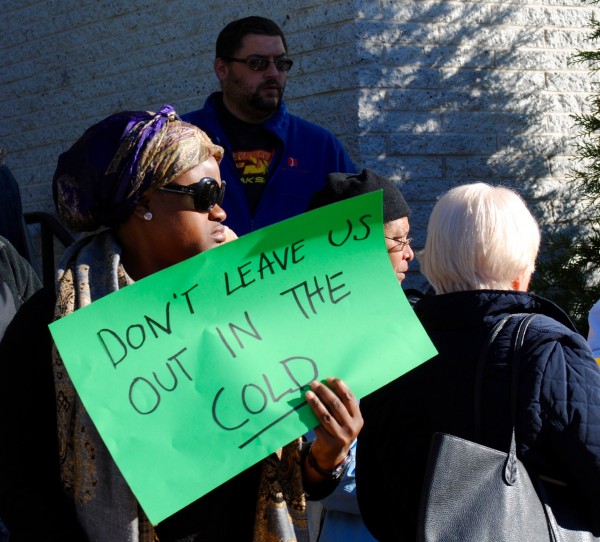


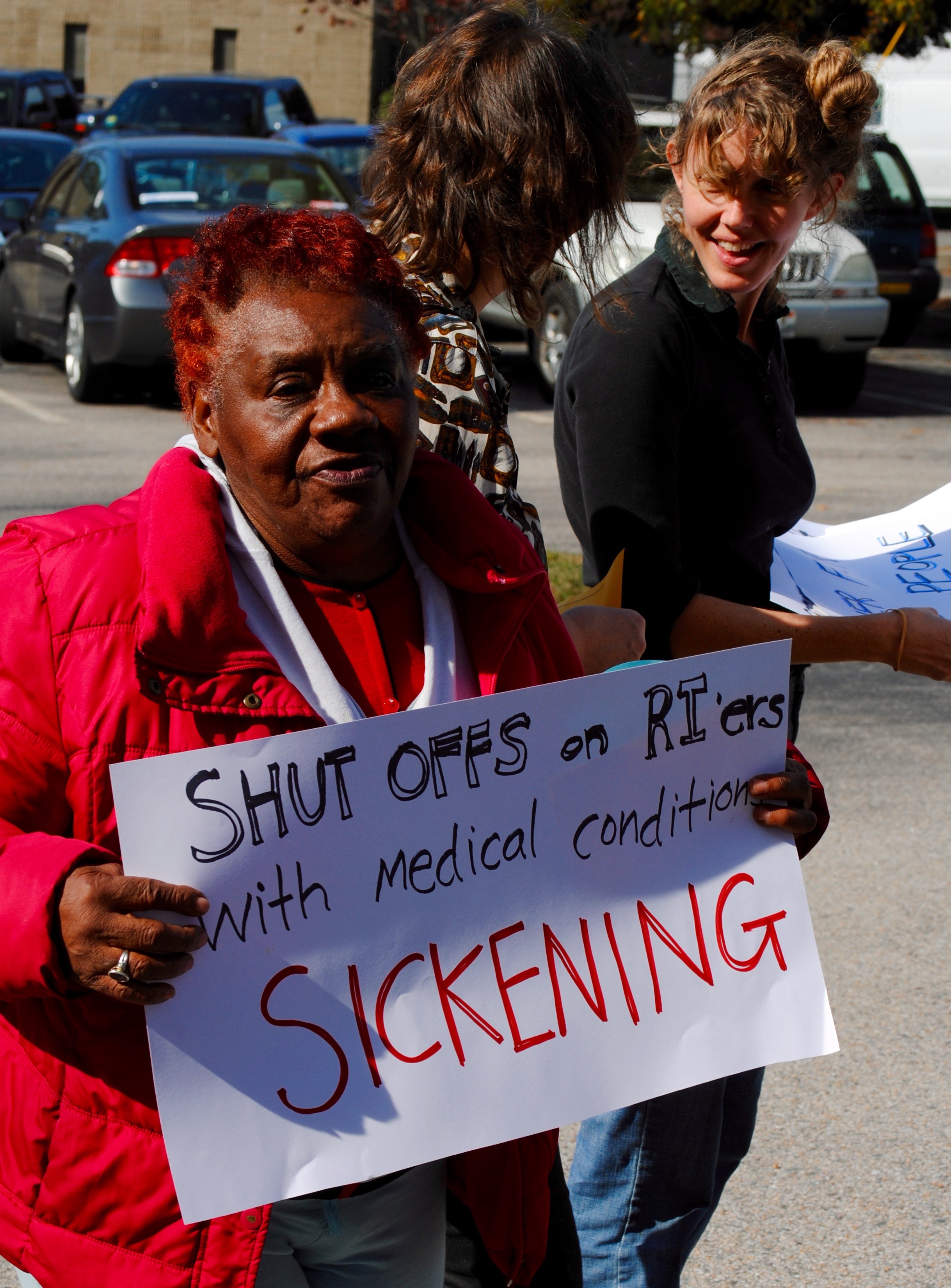
 More than 30 people entered the RI Public Utilities Commission (PUC) yesterday to demand an end to the epidemic of unfair utility shut-offs. Many in attendance have been victims of these shut-offs, even though they complied with the law and produced letters from their doctors indicating that their health would be seriously compromised by shut-offs. The protest was lead by the
More than 30 people entered the RI Public Utilities Commission (PUC) yesterday to demand an end to the epidemic of unfair utility shut-offs. Many in attendance have been victims of these shut-offs, even though they complied with the law and produced letters from their doctors indicating that their health would be seriously compromised by shut-offs. The protest was lead by the 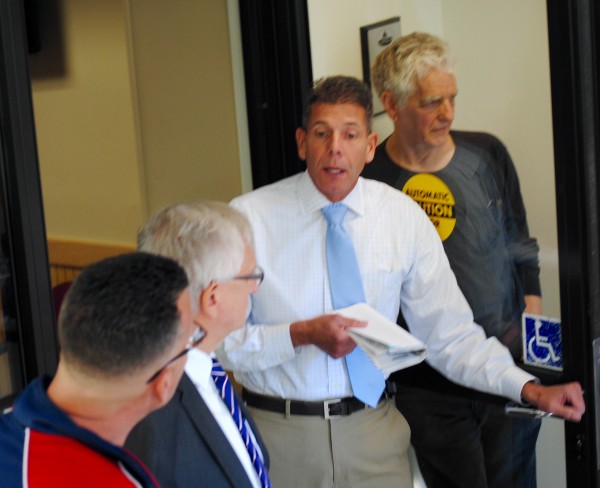 According to a George Wiley Center press release, “Every year tens of thousands of households in Rhode Island experience the stress of utility service termination due to unaffordable bills. It is shocking that in many of these homes live people struggling with medical conditions. This injustice is due to a loophole that allows the state’s Division of Public Utilities to grant National Grid permission to shut off households, even when their medical status is on file.”
According to a George Wiley Center press release, “Every year tens of thousands of households in Rhode Island experience the stress of utility service termination due to unaffordable bills. It is shocking that in many of these homes live people struggling with medical conditions. This injustice is due to a loophole that allows the state’s Division of Public Utilities to grant National Grid permission to shut off households, even when their medical status is on file.”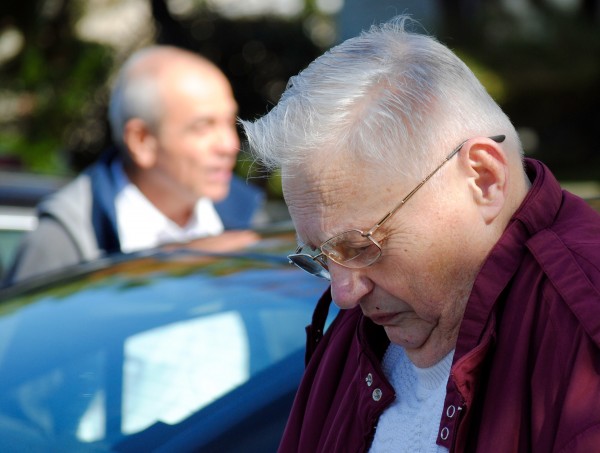
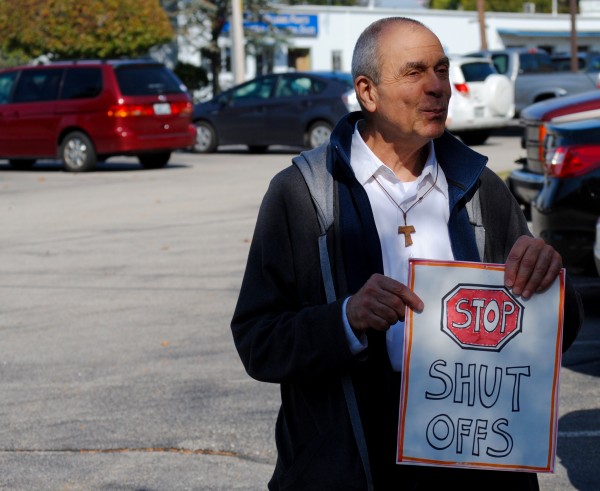
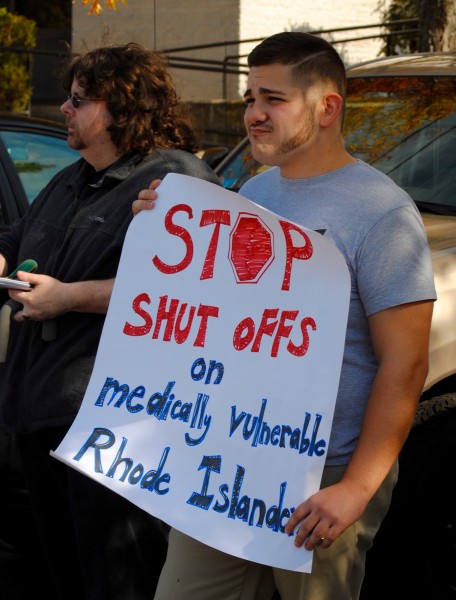
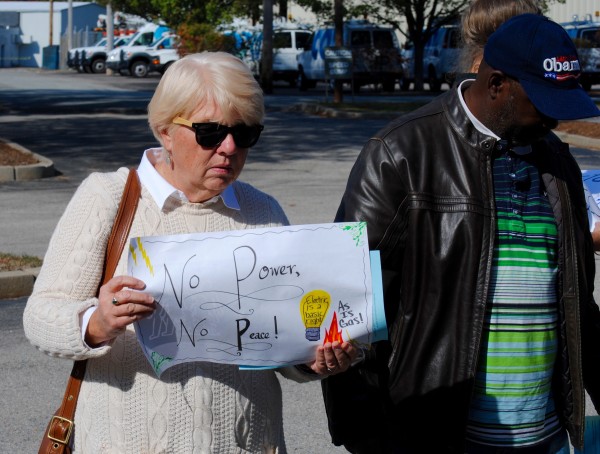
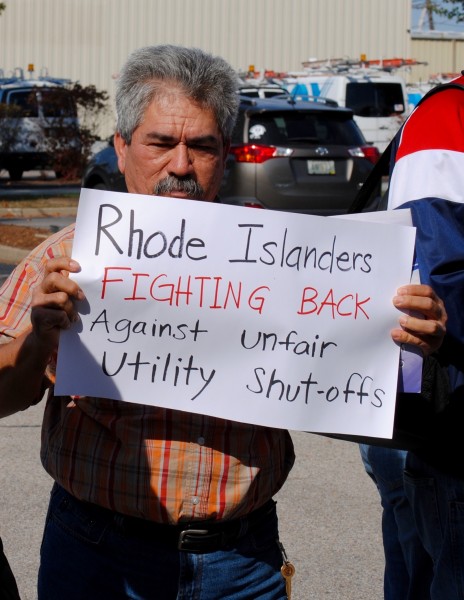

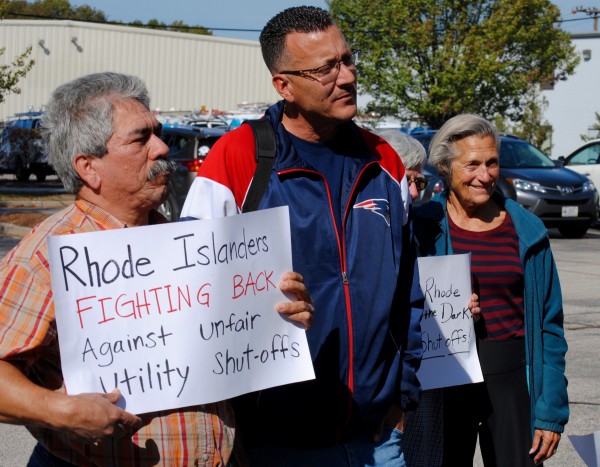


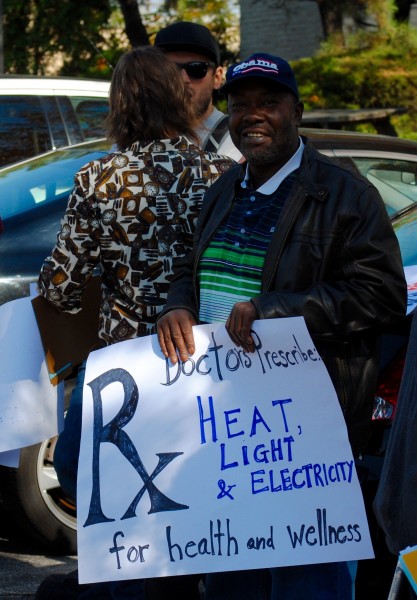
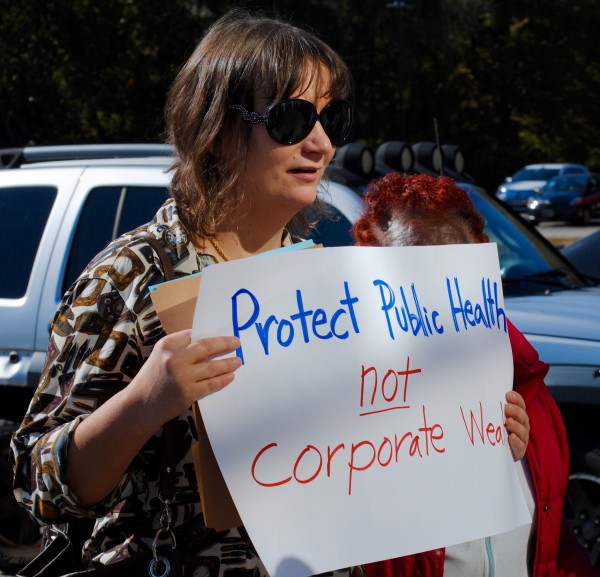
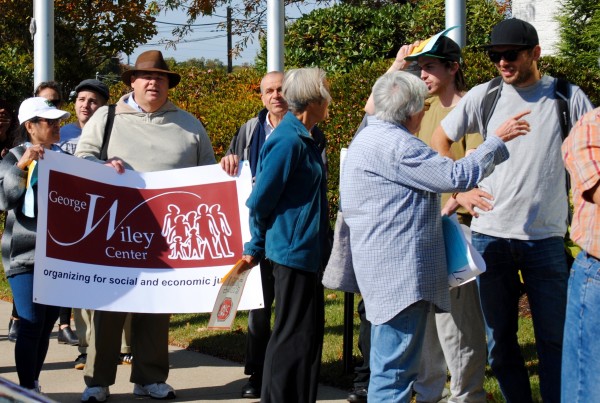
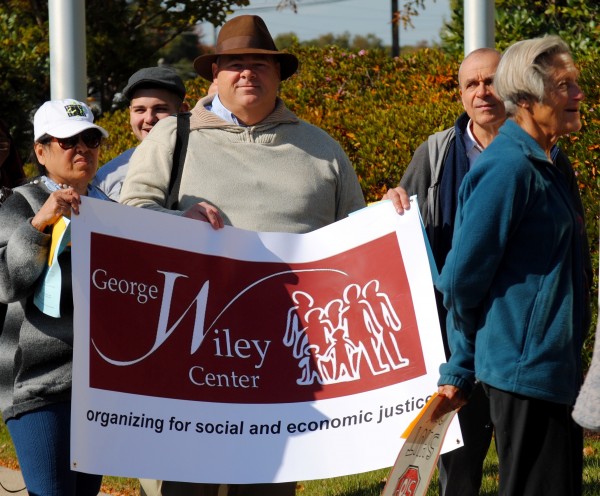
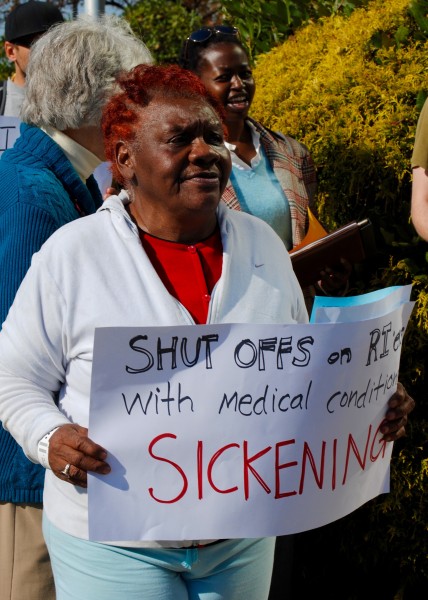
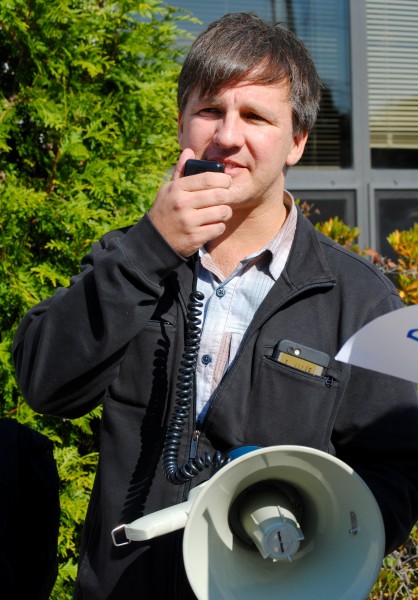

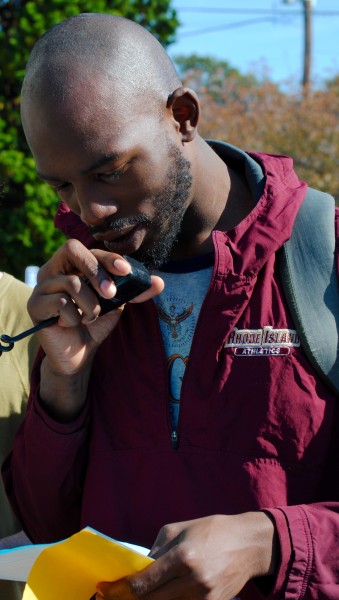
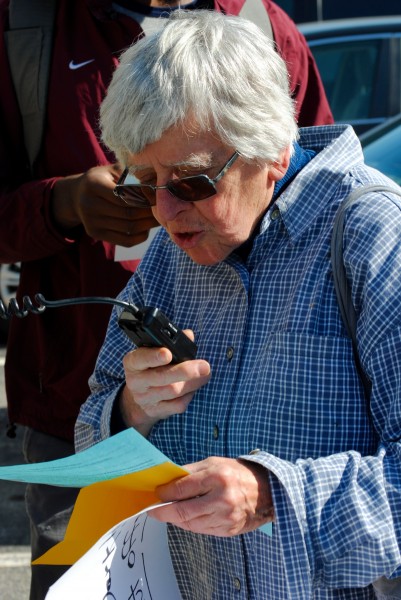
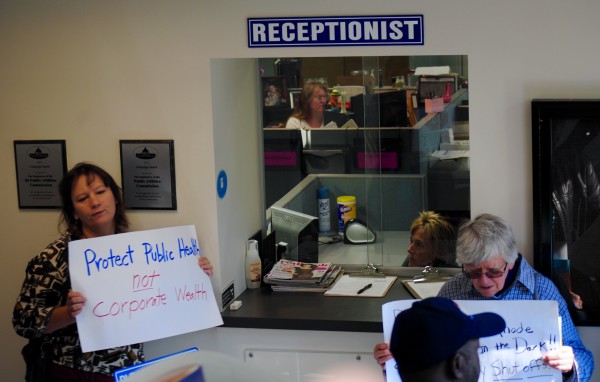
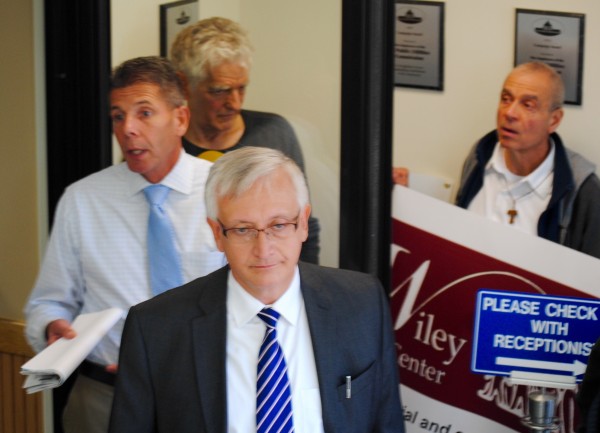
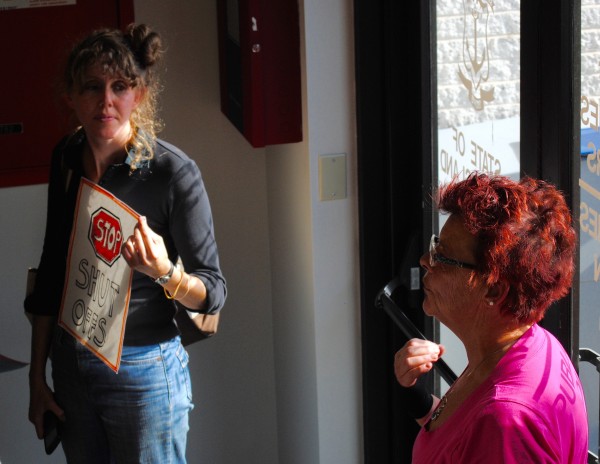
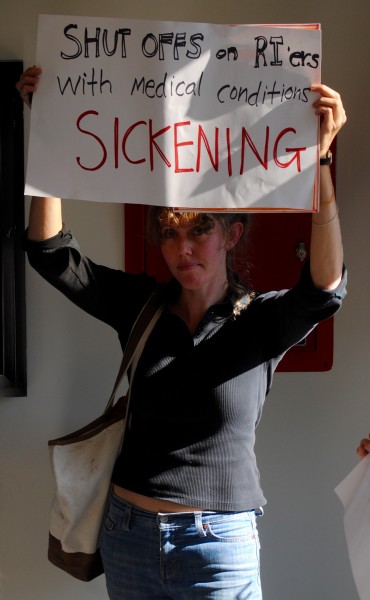
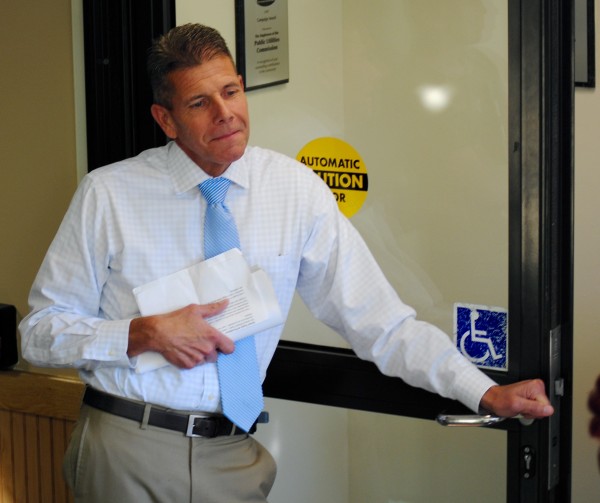
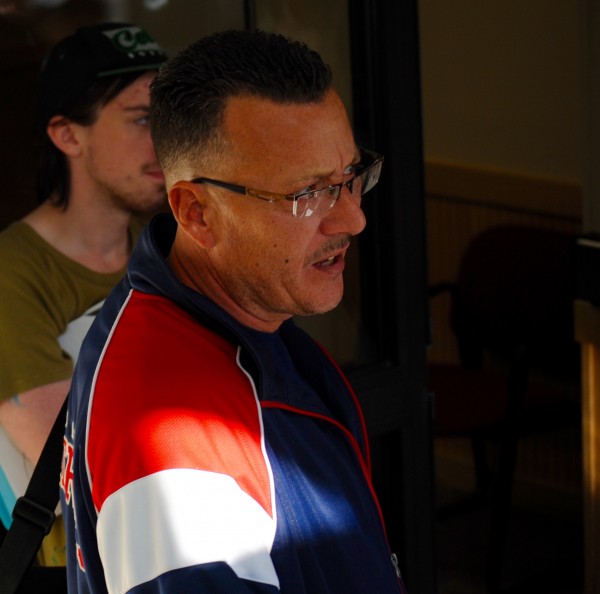

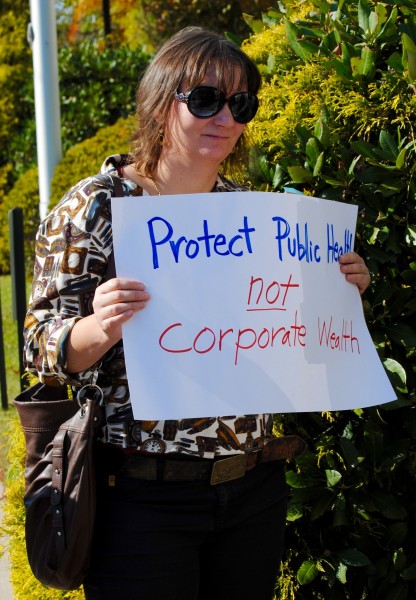
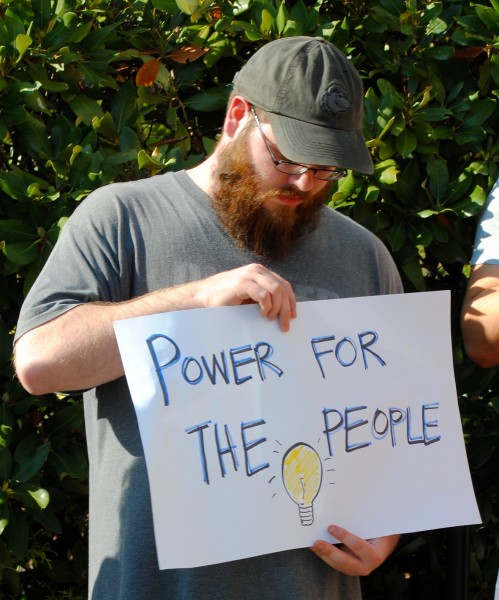
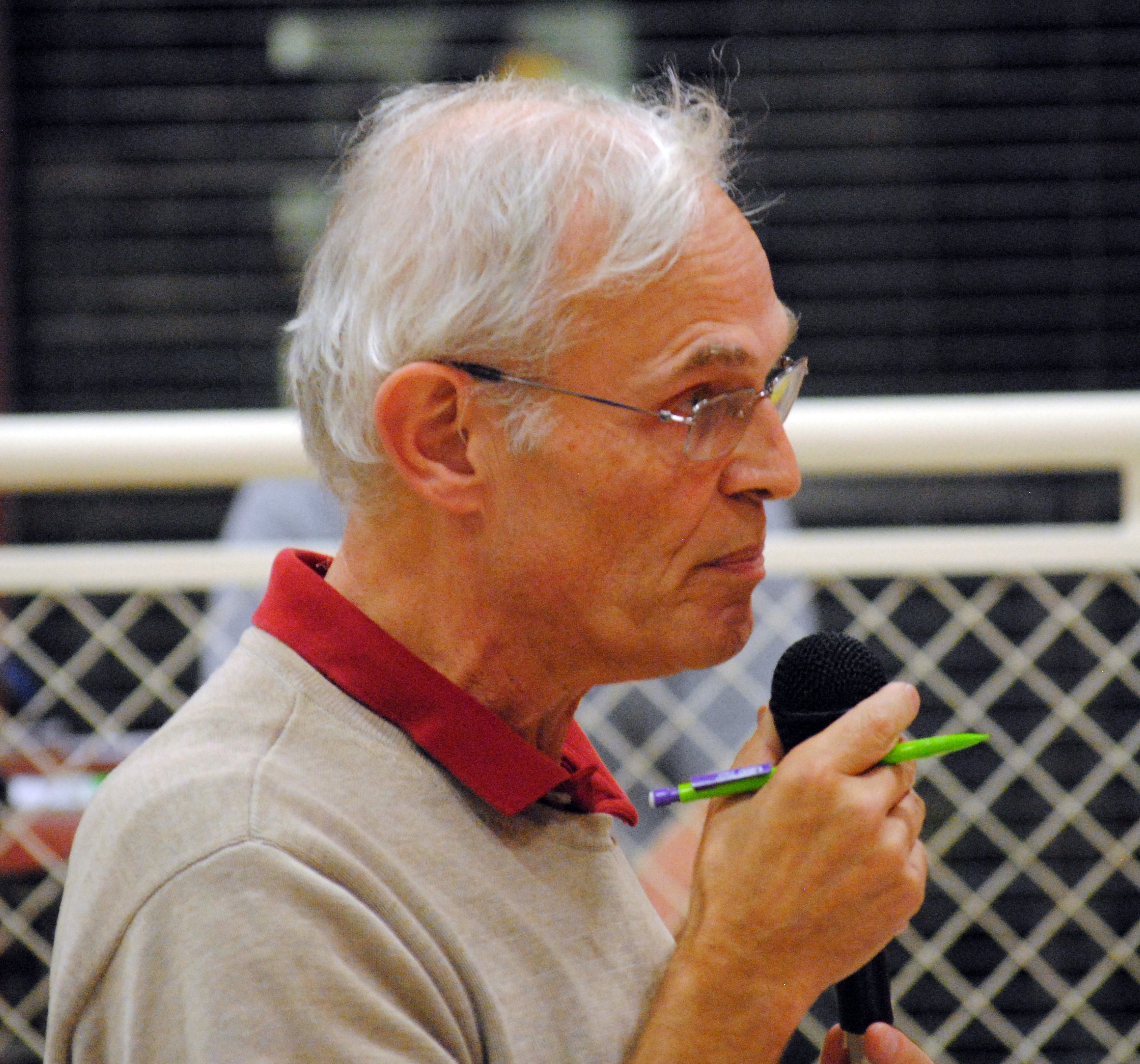
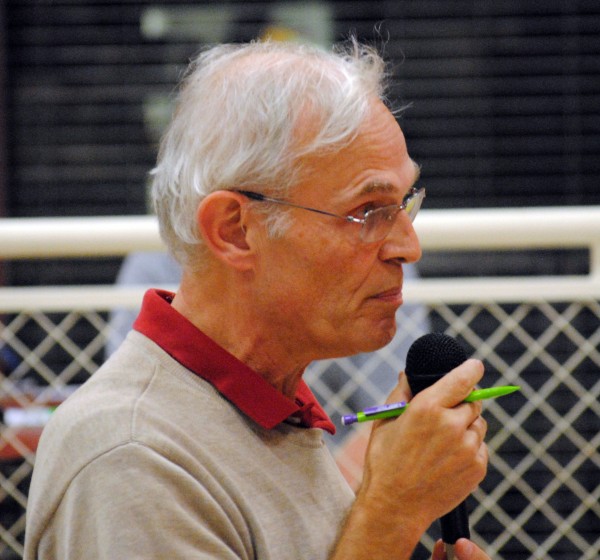

 No one spoke in favor of the project, but more than 100 people packed the room and 33 people spoke against National Grid‘s plan to build a $100 million methane gas liquefaction facility in Fields Point in South Providence before representatives of FERC (Federal Energy Regulatory Commission), the agency tasked with the job of approving or disapproving the project.
No one spoke in favor of the project, but more than 100 people packed the room and 33 people spoke against National Grid‘s plan to build a $100 million methane gas liquefaction facility in Fields Point in South Providence before representatives of FERC (Federal Energy Regulatory Commission), the agency tasked with the job of approving or disapproving the project.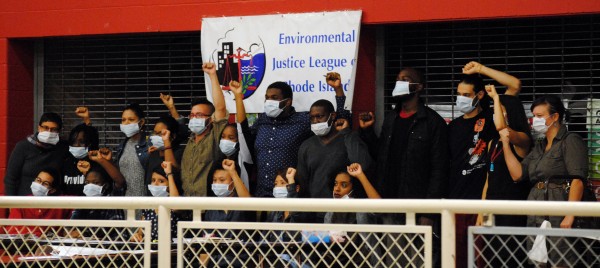

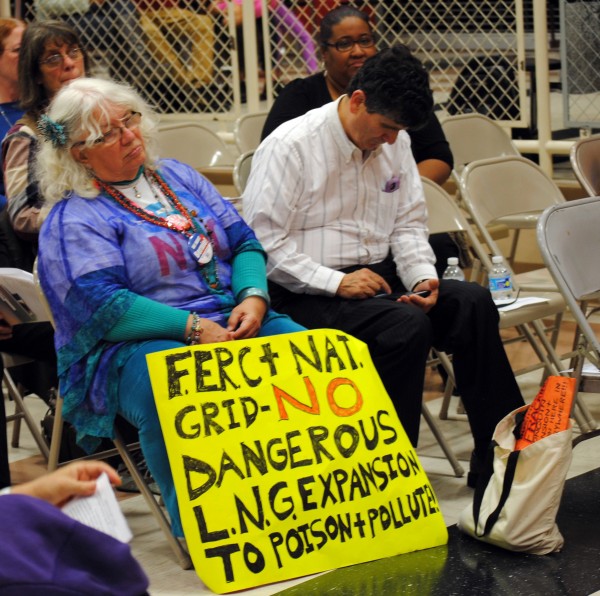
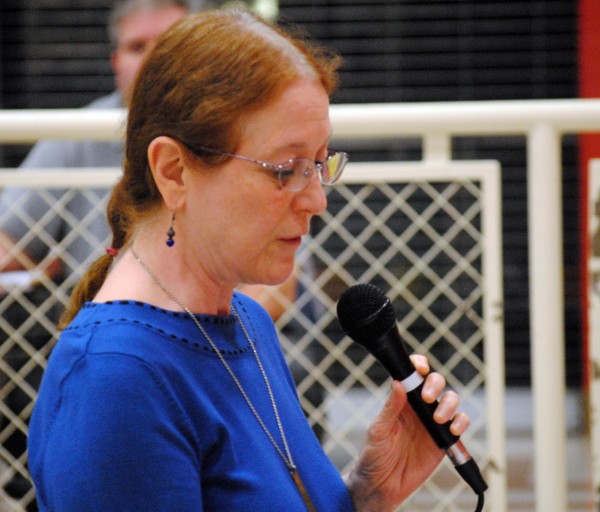
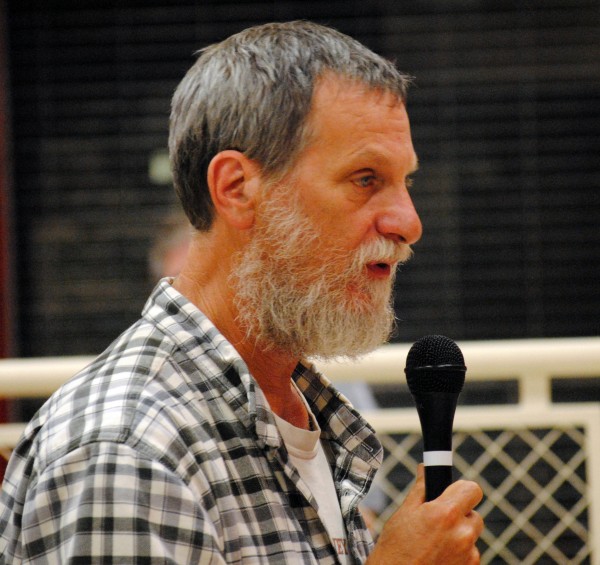
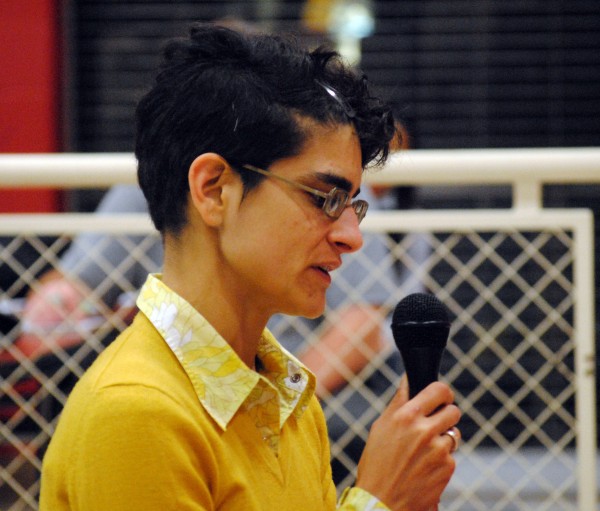
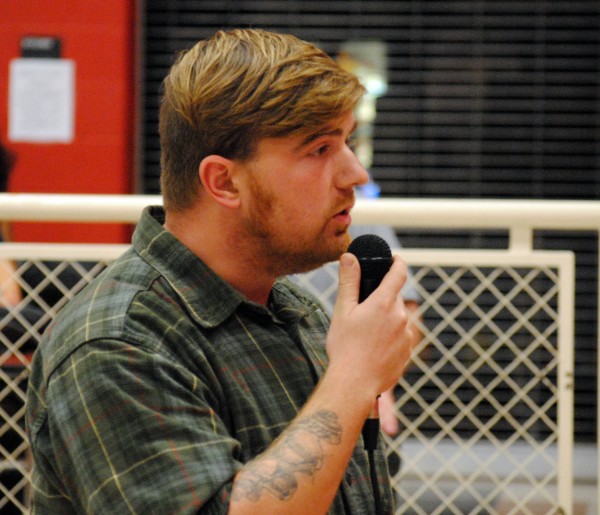
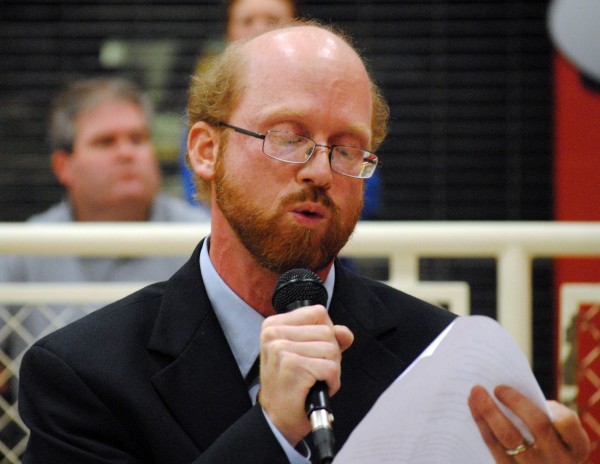
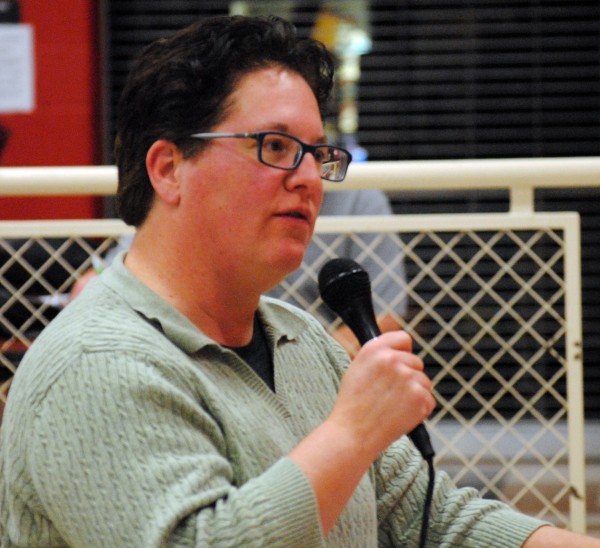
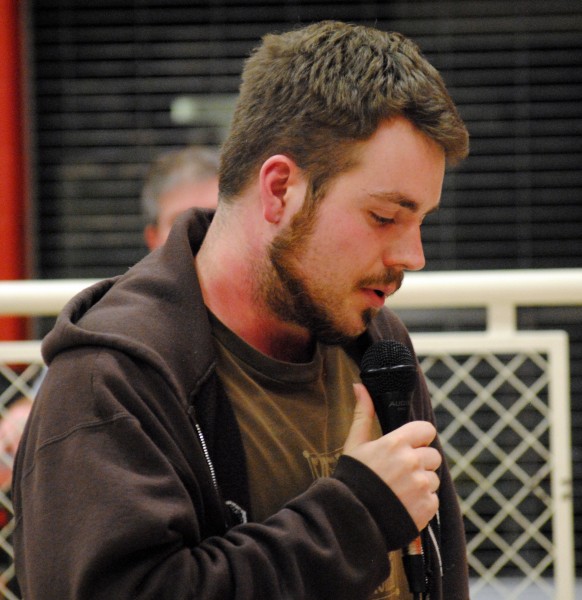
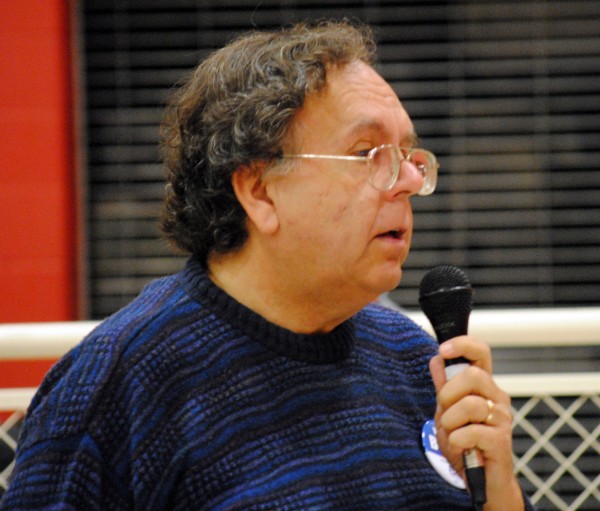
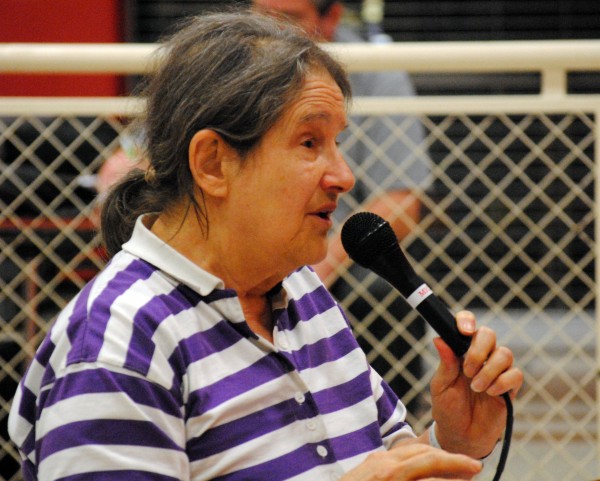
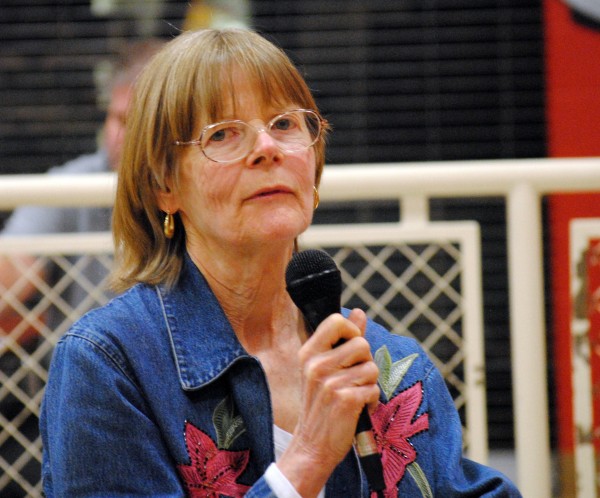

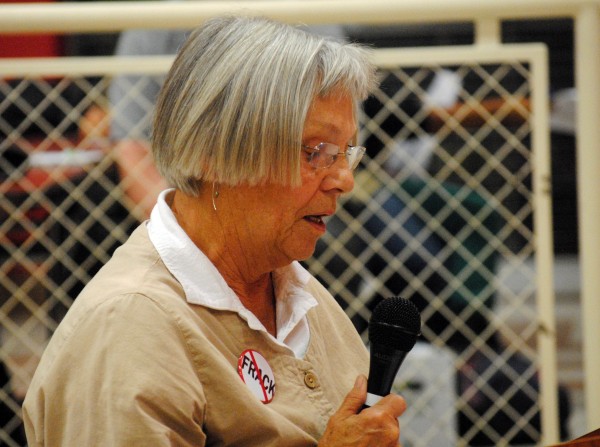
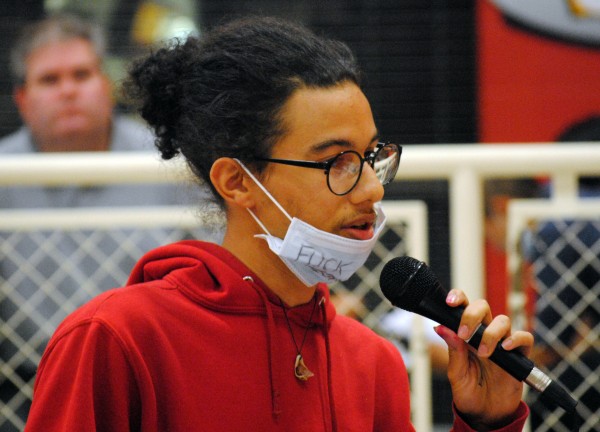


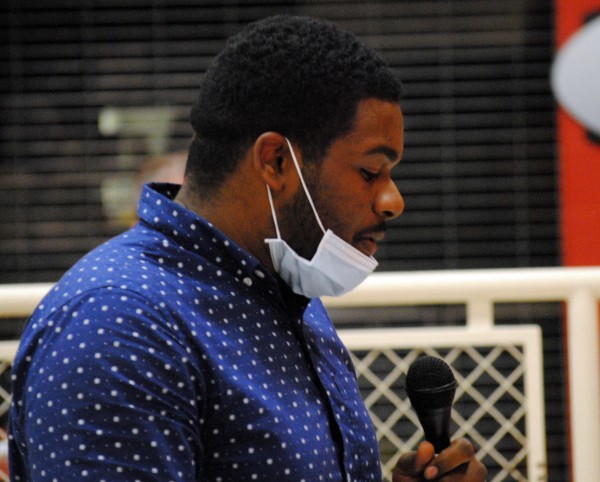
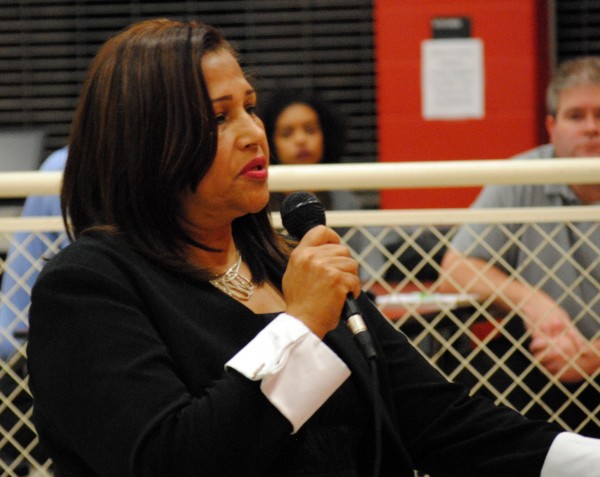
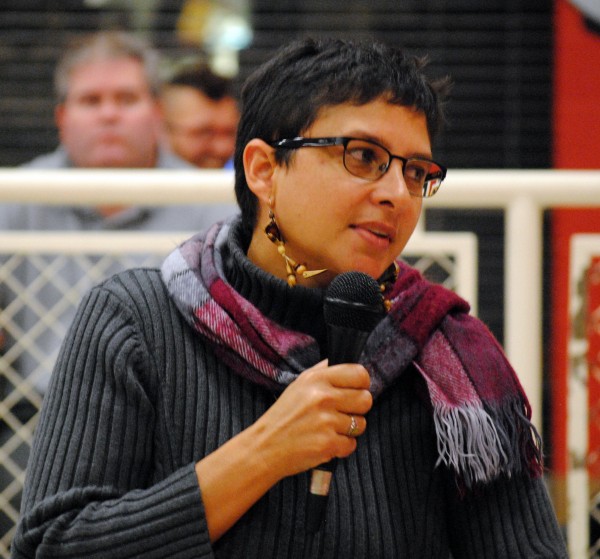
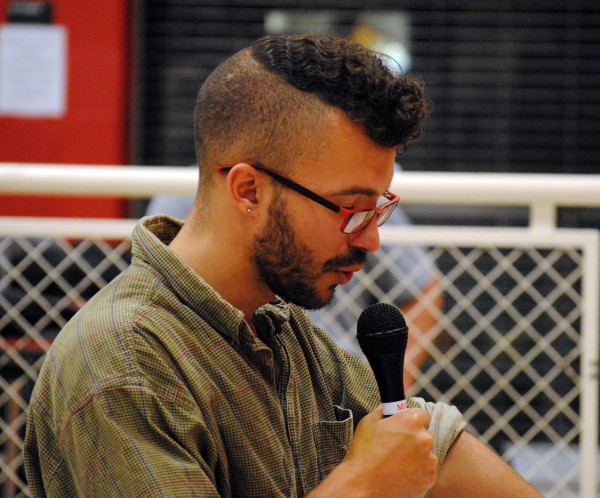
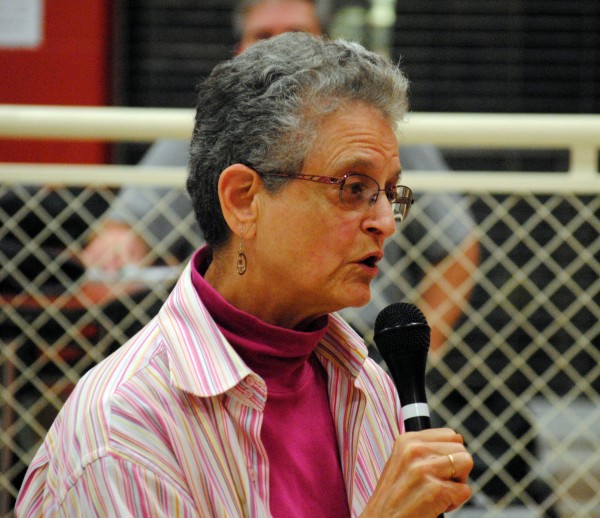
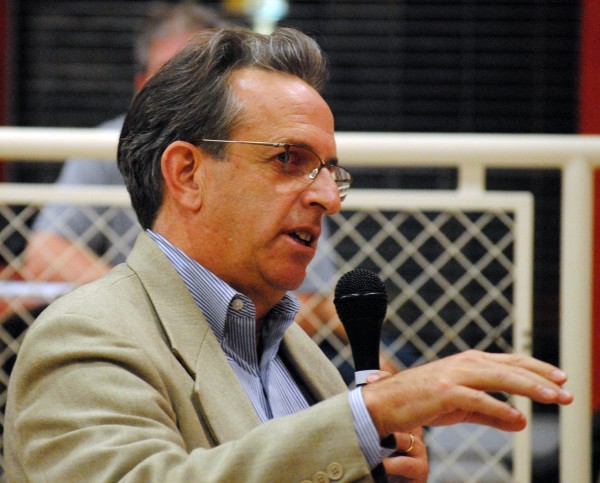




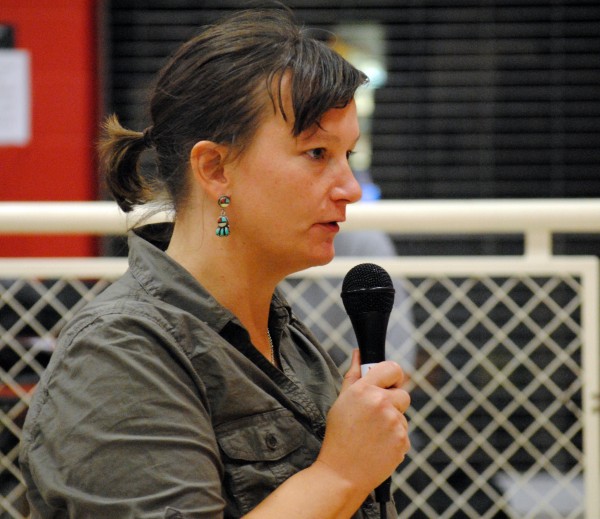
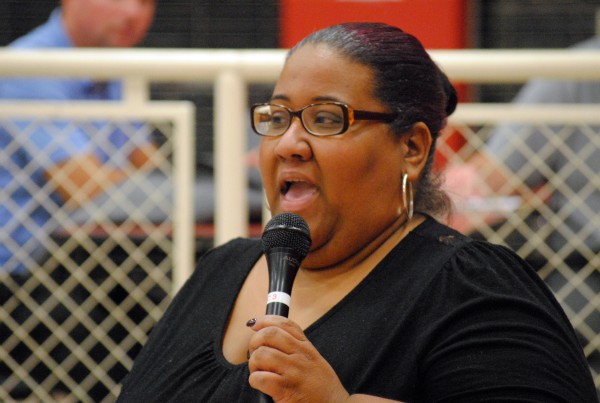
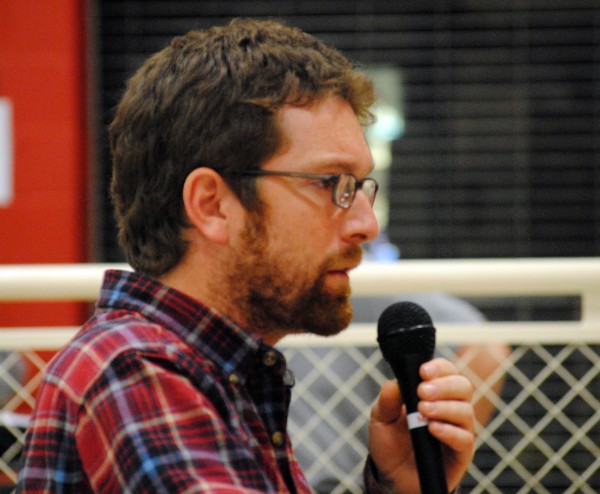

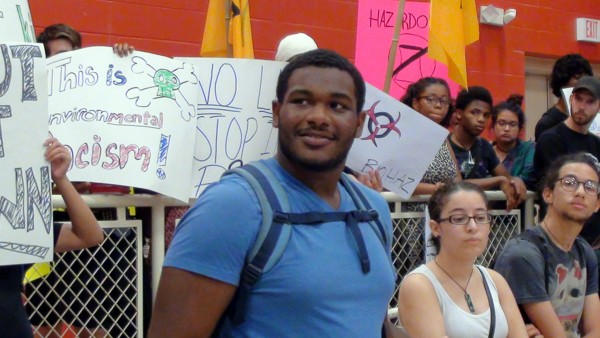 Rhode Islanders will get their only chance to directly address their concerns regarding a proposed methane liquefaction facility in South Providence
Rhode Islanders will get their only chance to directly address their concerns regarding a proposed methane liquefaction facility in South Providence  The
The 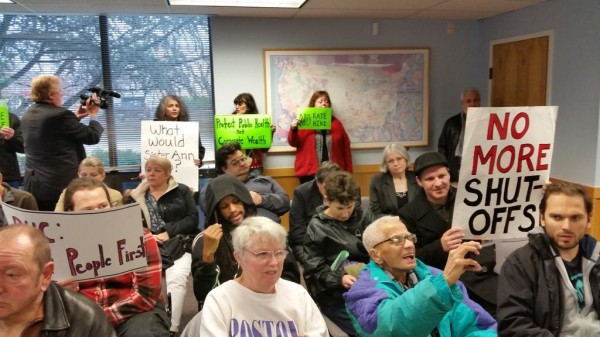 And all this says nothing about the environmental devastation being wrought in those communities where methane is extracted.
And all this says nothing about the environmental devastation being wrought in those communities where methane is extracted.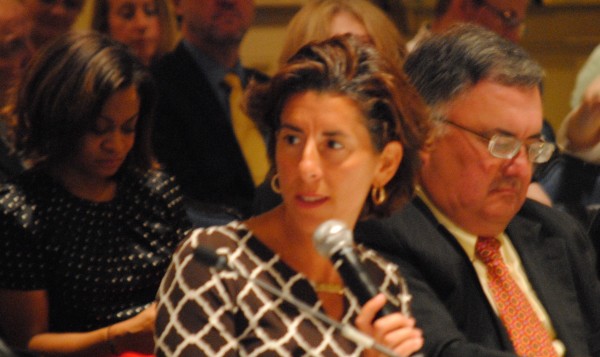 How long are our political leaders, including Gina Raimondo, who wants to be seen as an environmental governor, going to support a lying, price gouging, environment destroying foreign multinational corporation over the health, wellbeing and future of the citizens of Rhode Island? There is a rising chorus of voices demanding substantive change in Rhode Island’s energy and environmental policy, and National Grid is not part of that change.
How long are our political leaders, including Gina Raimondo, who wants to be seen as an environmental governor, going to support a lying, price gouging, environment destroying foreign multinational corporation over the health, wellbeing and future of the citizens of Rhode Island? There is a rising chorus of voices demanding substantive change in Rhode Island’s energy and environmental policy, and National Grid is not part of that change.